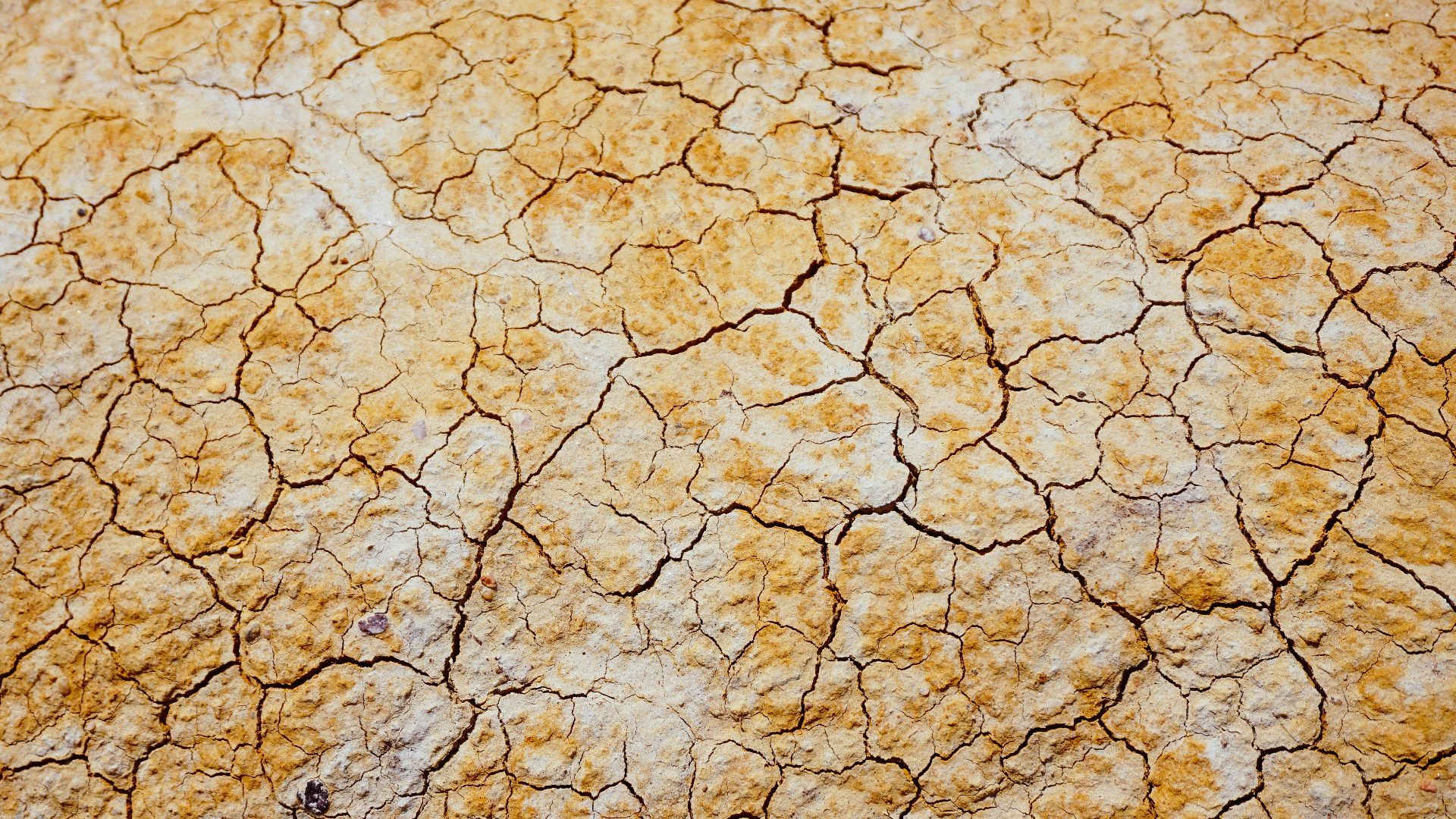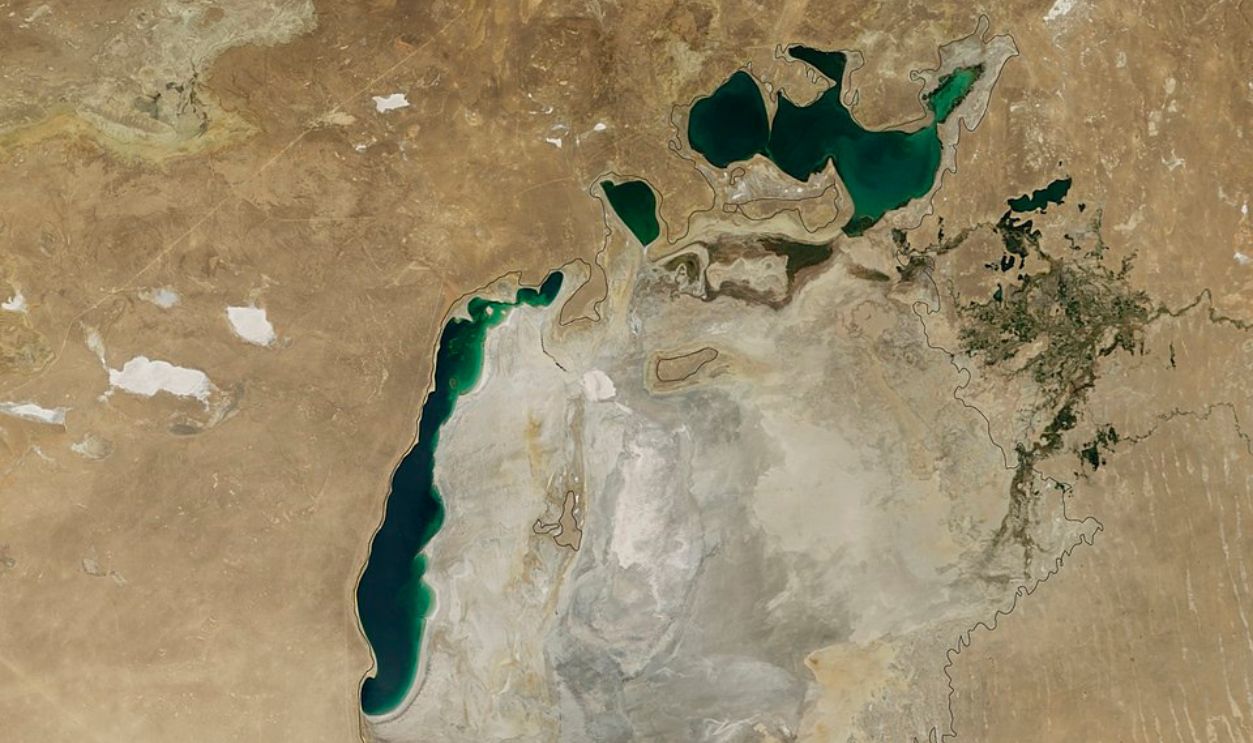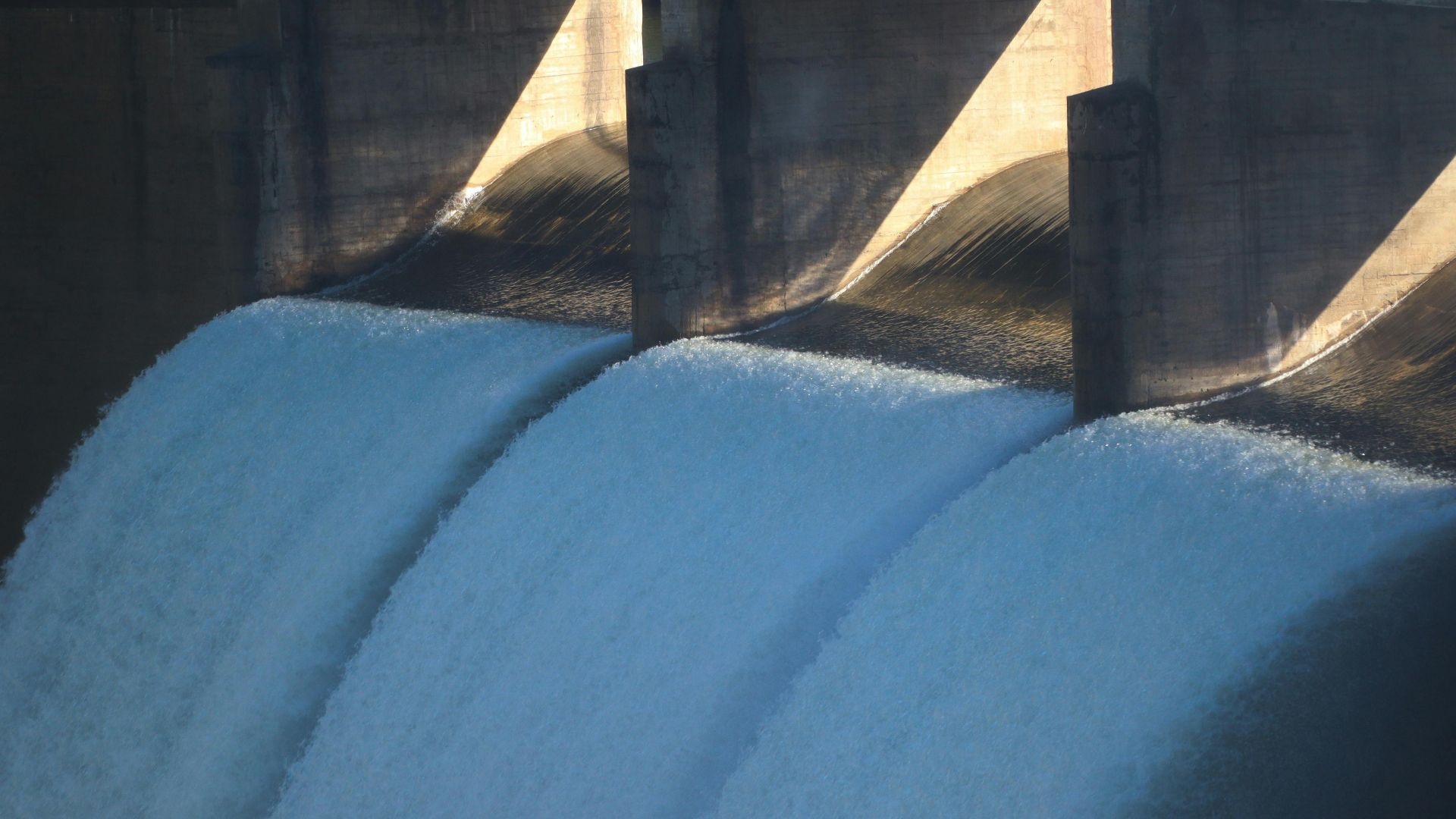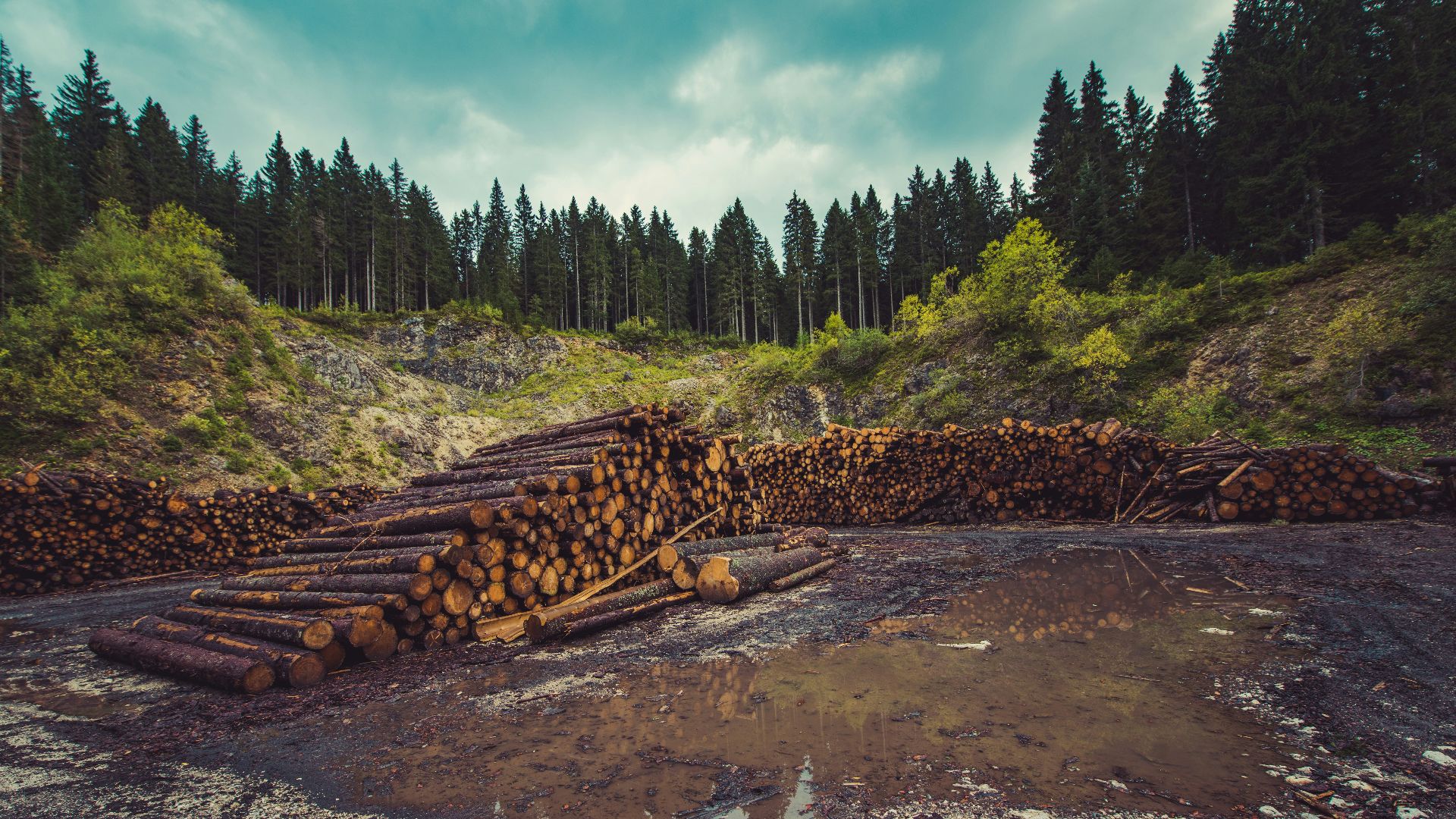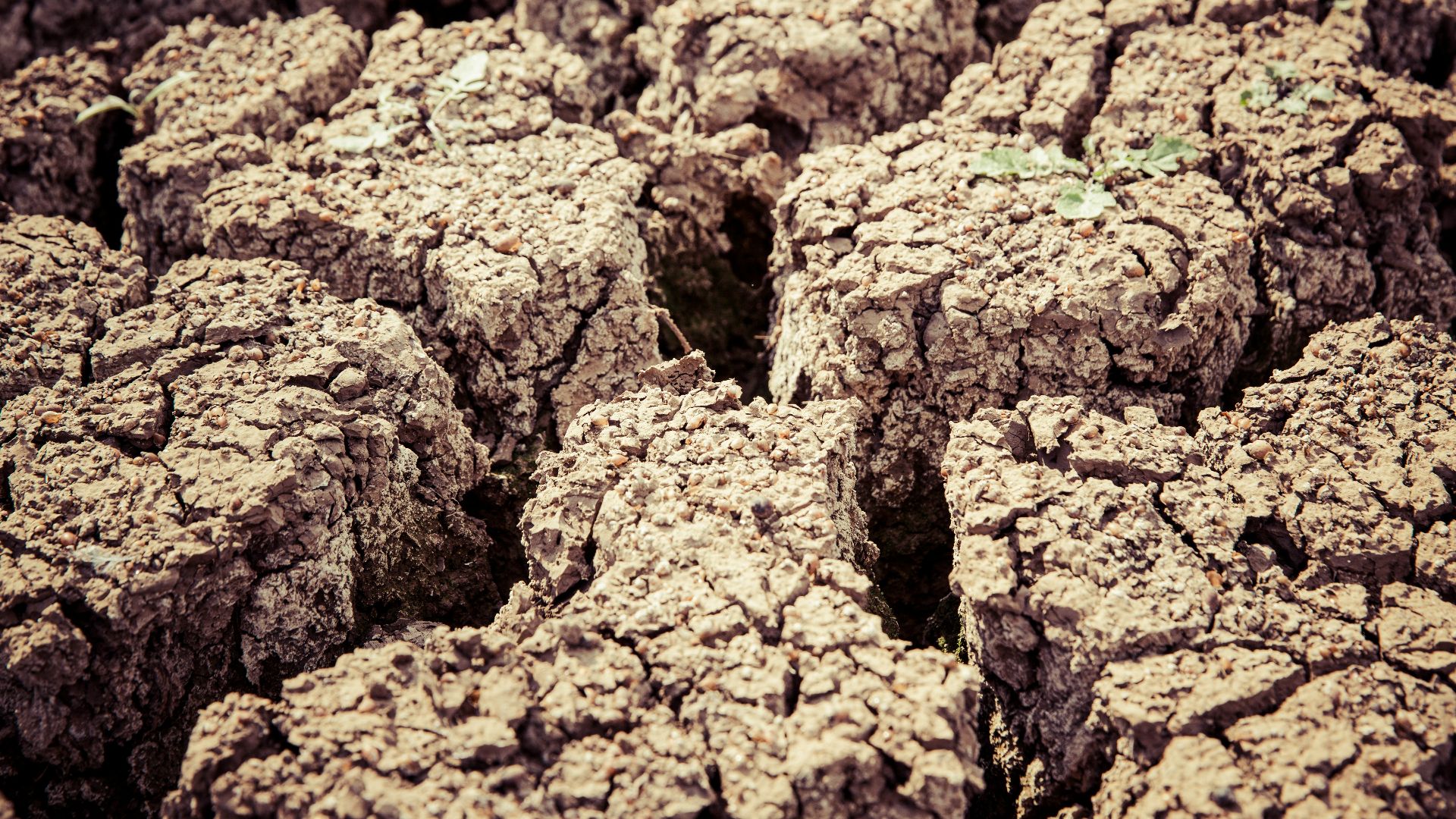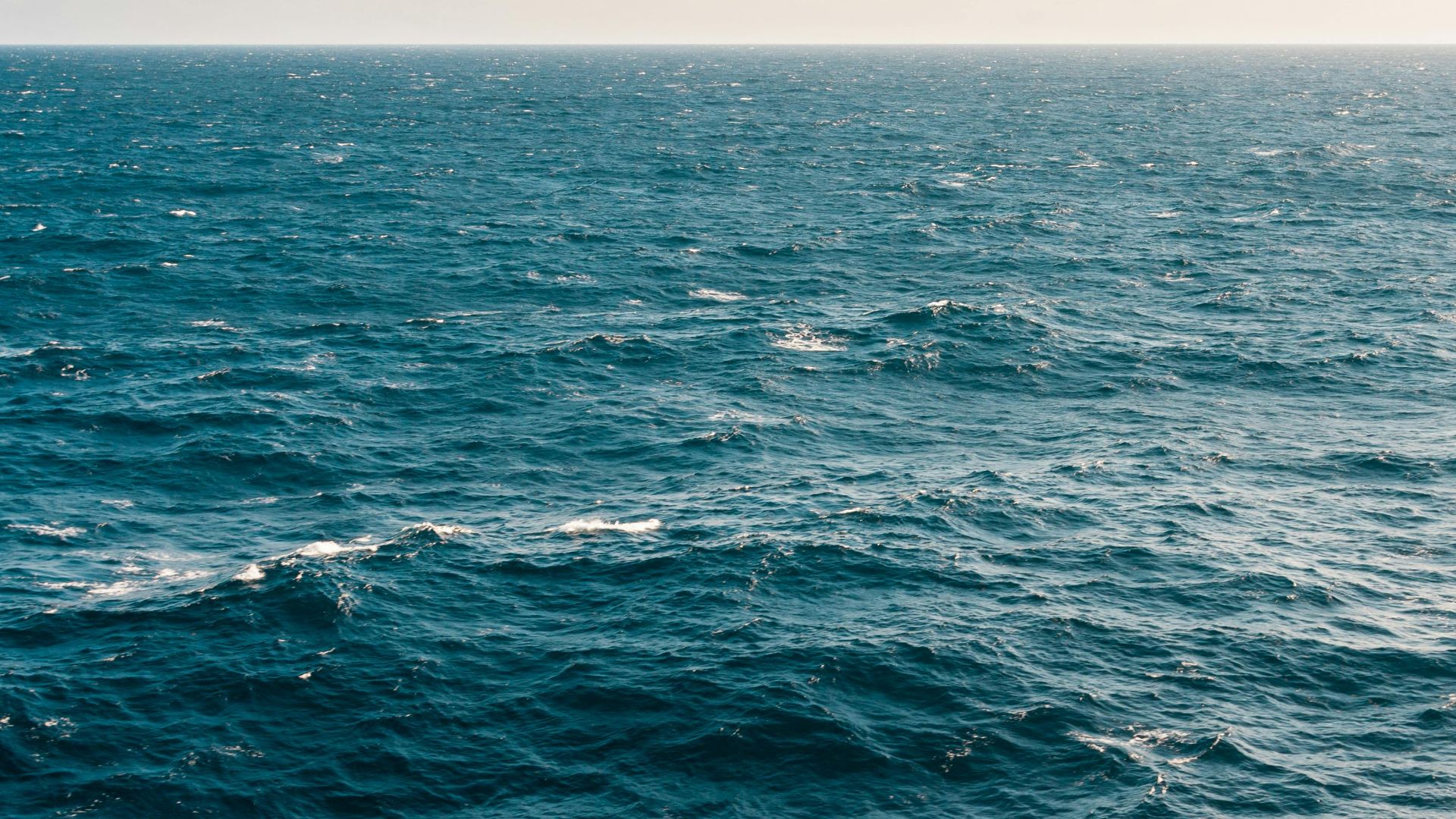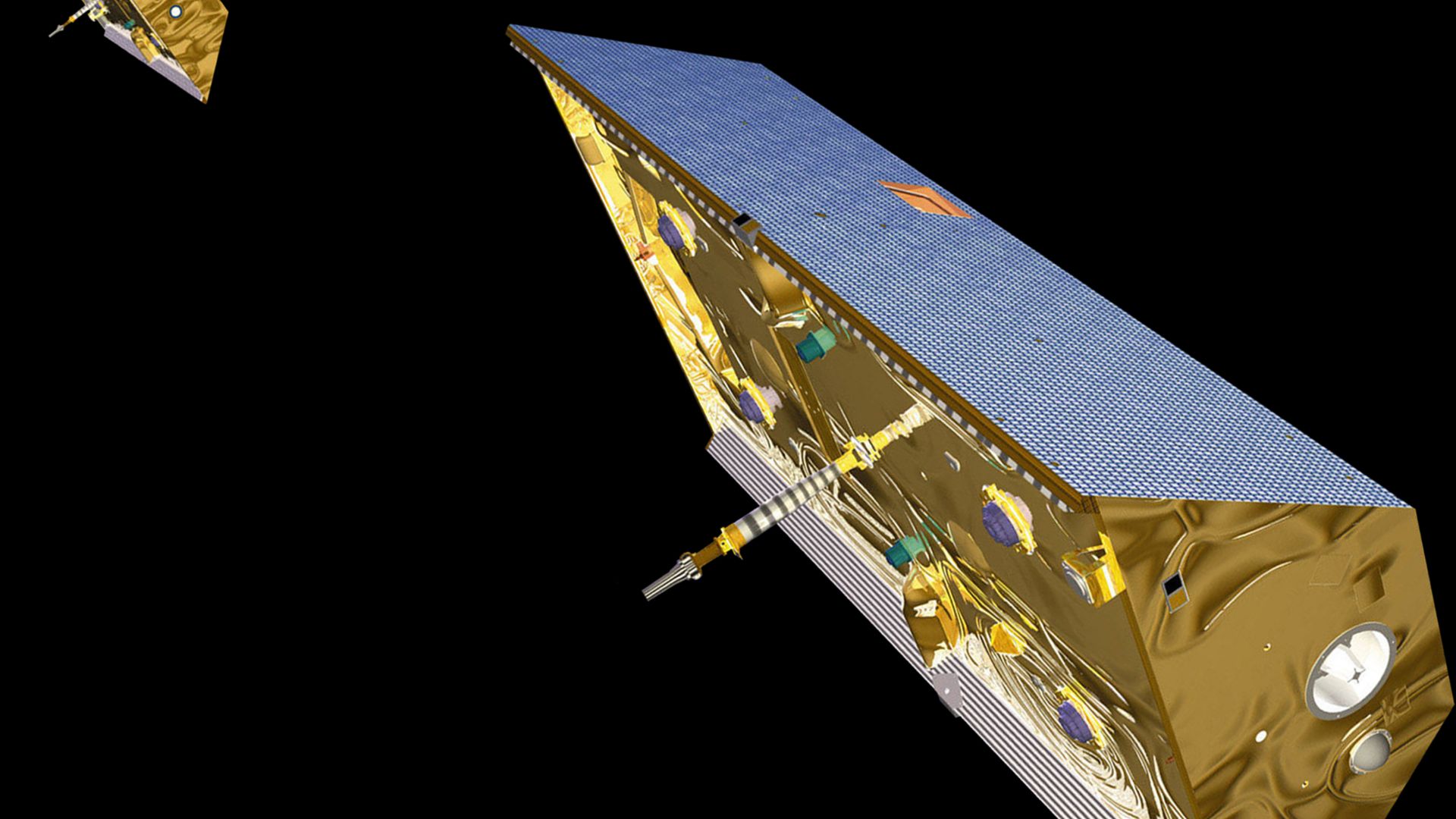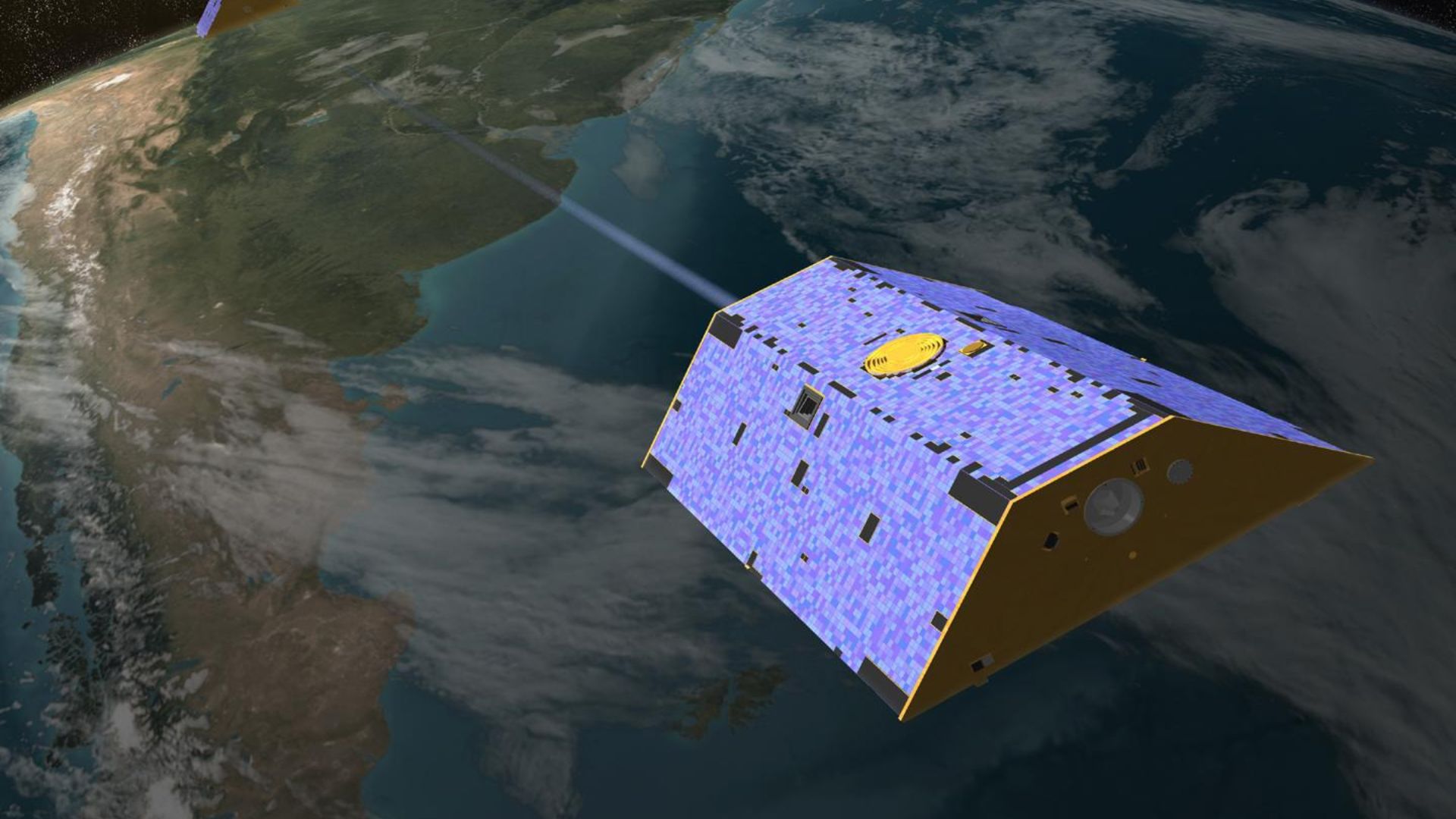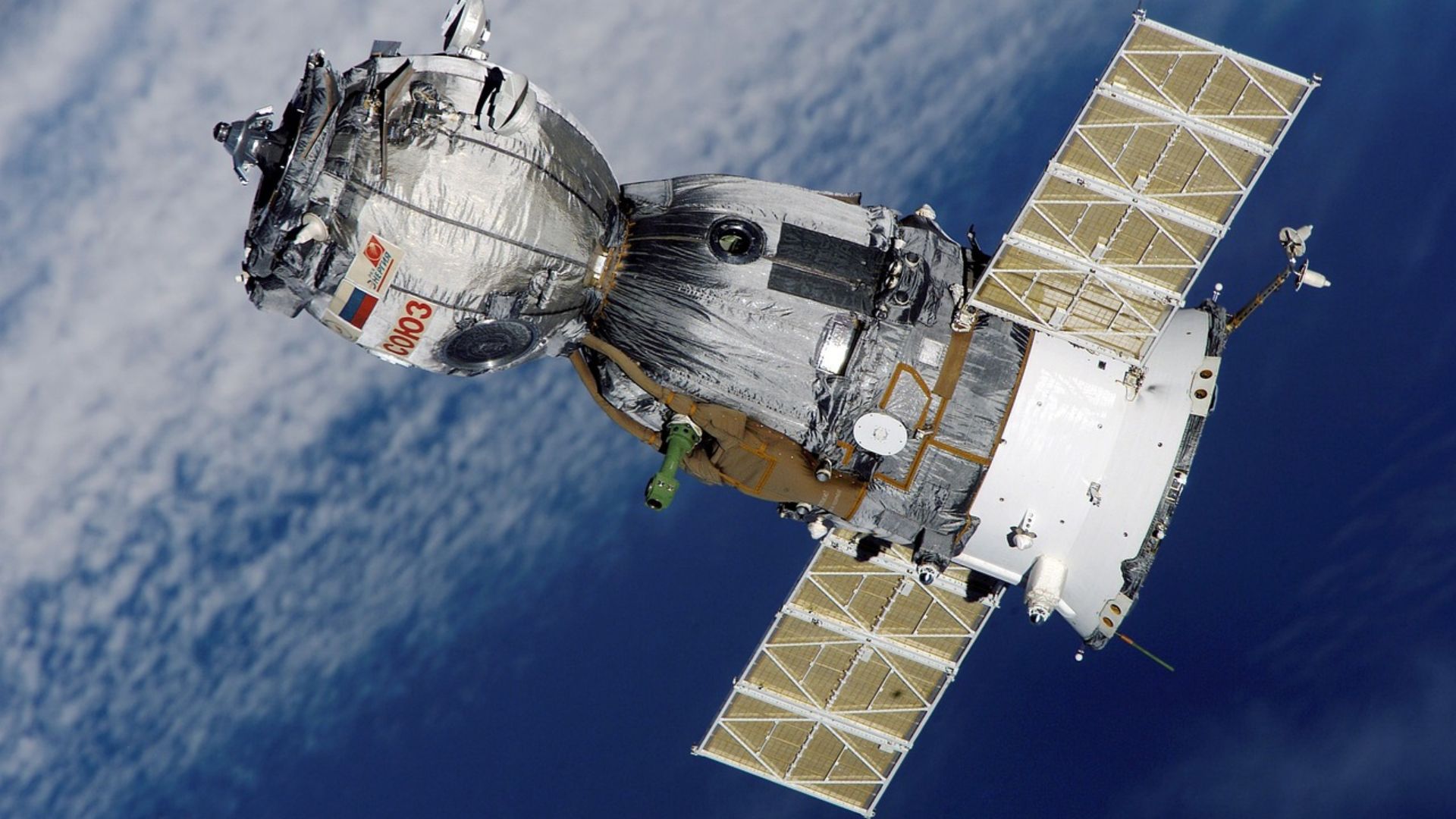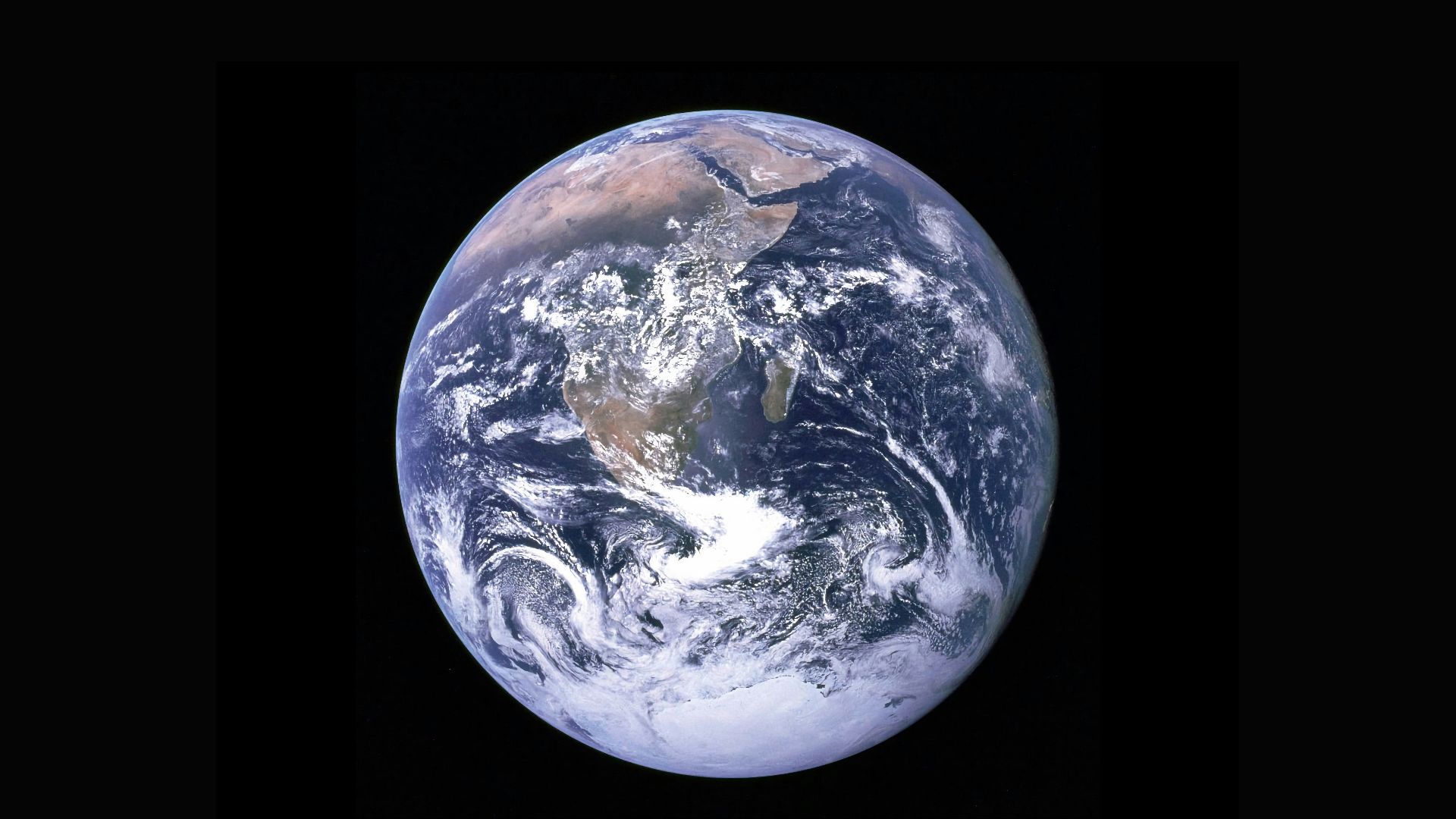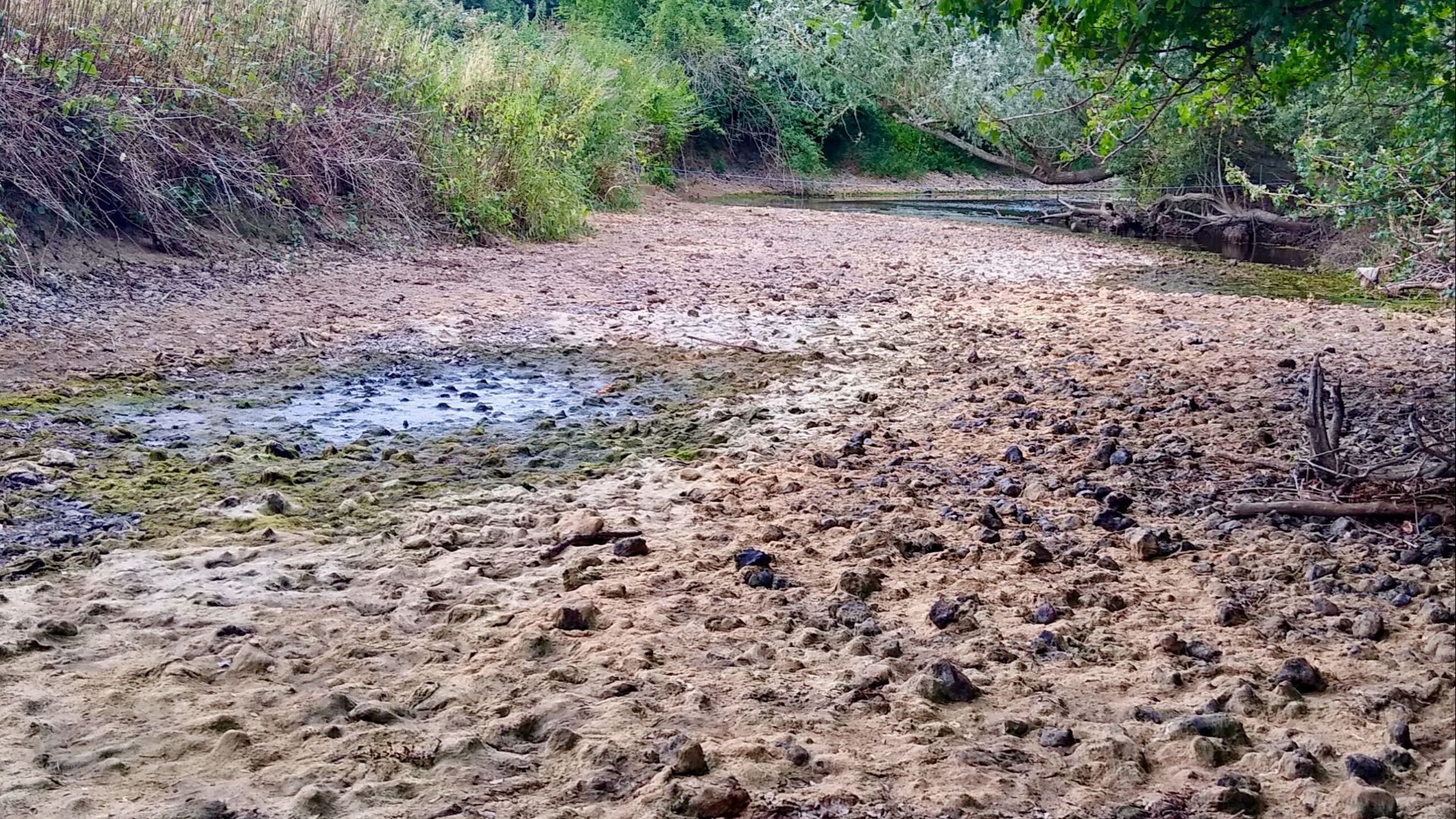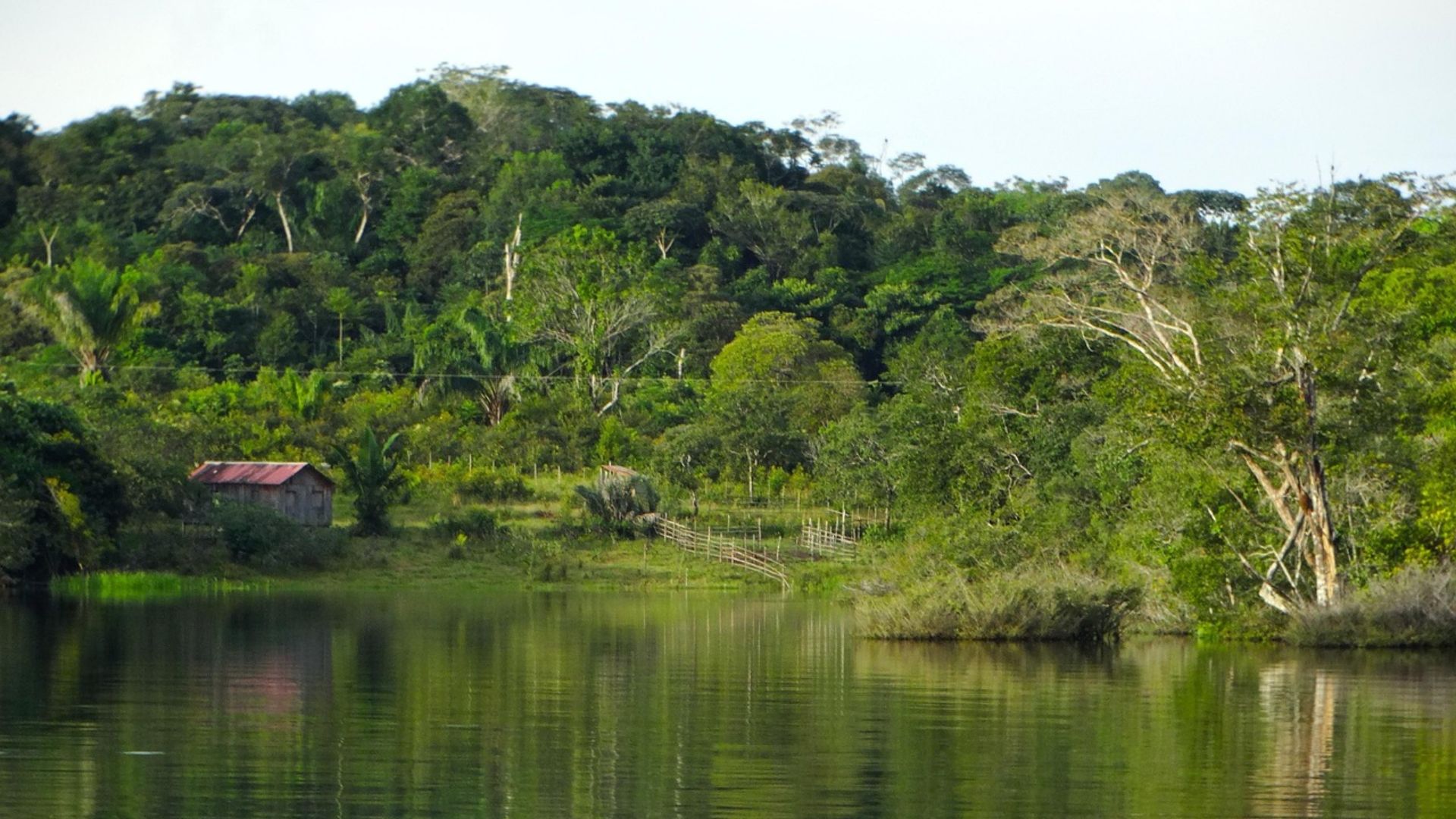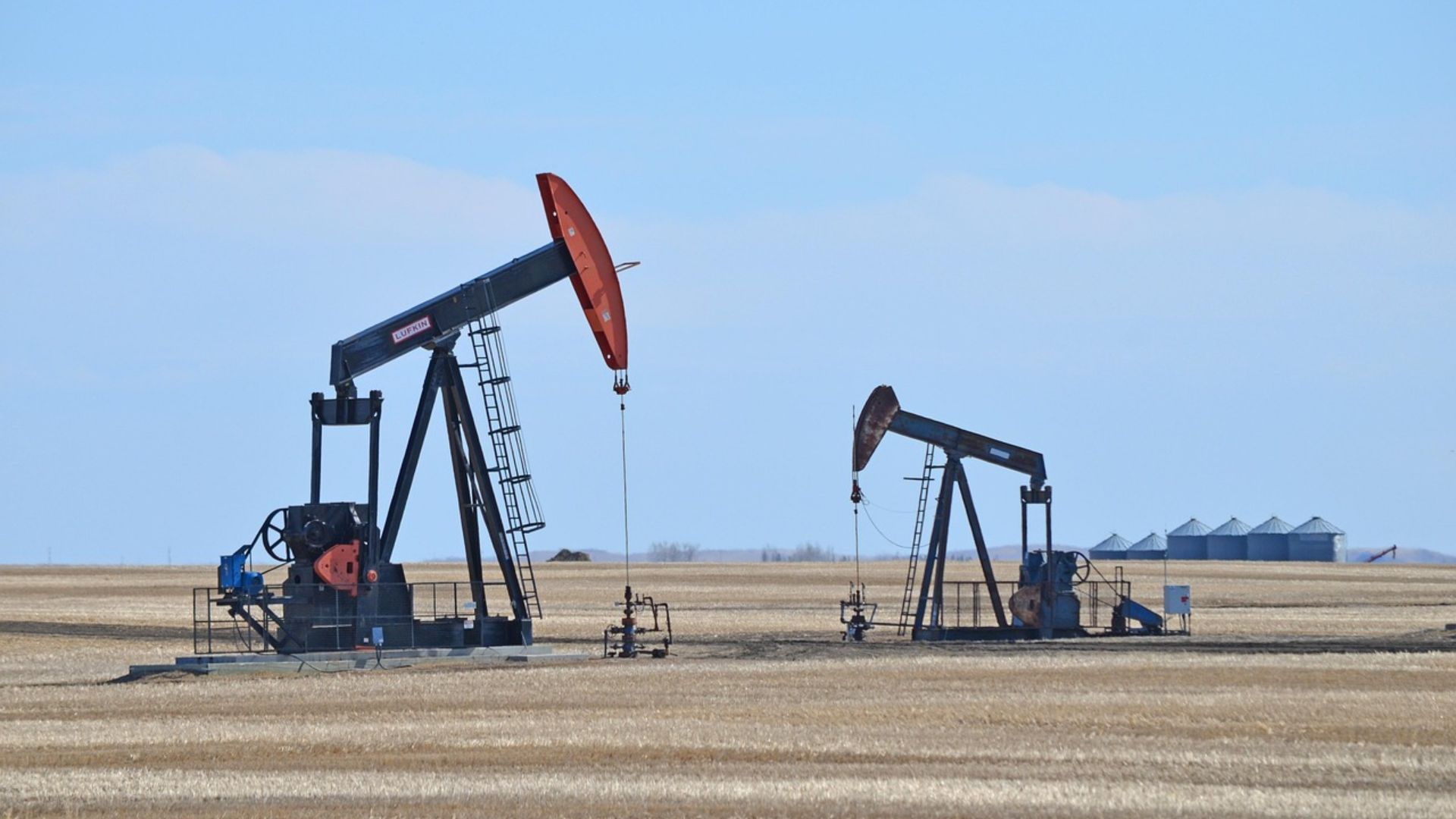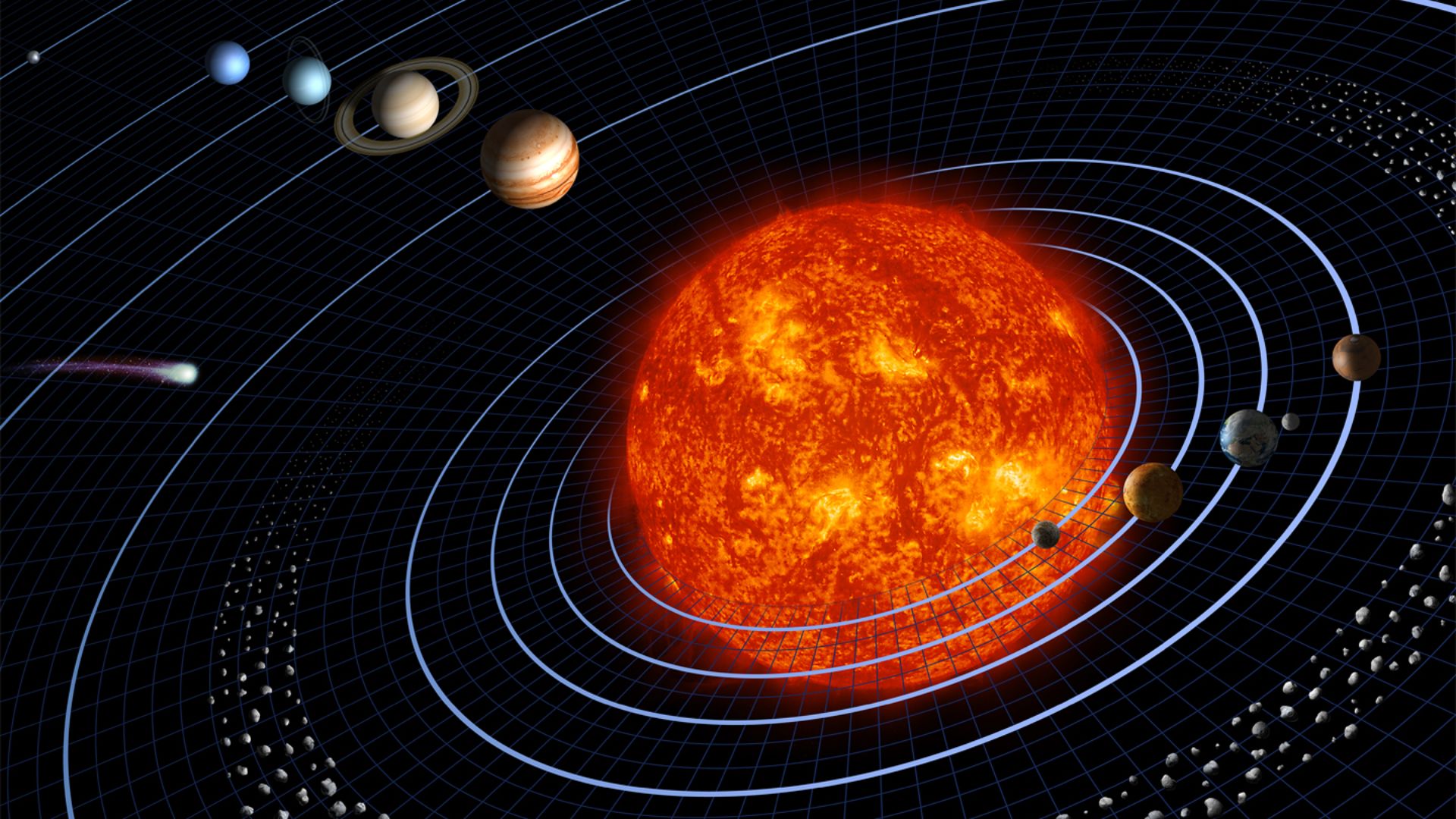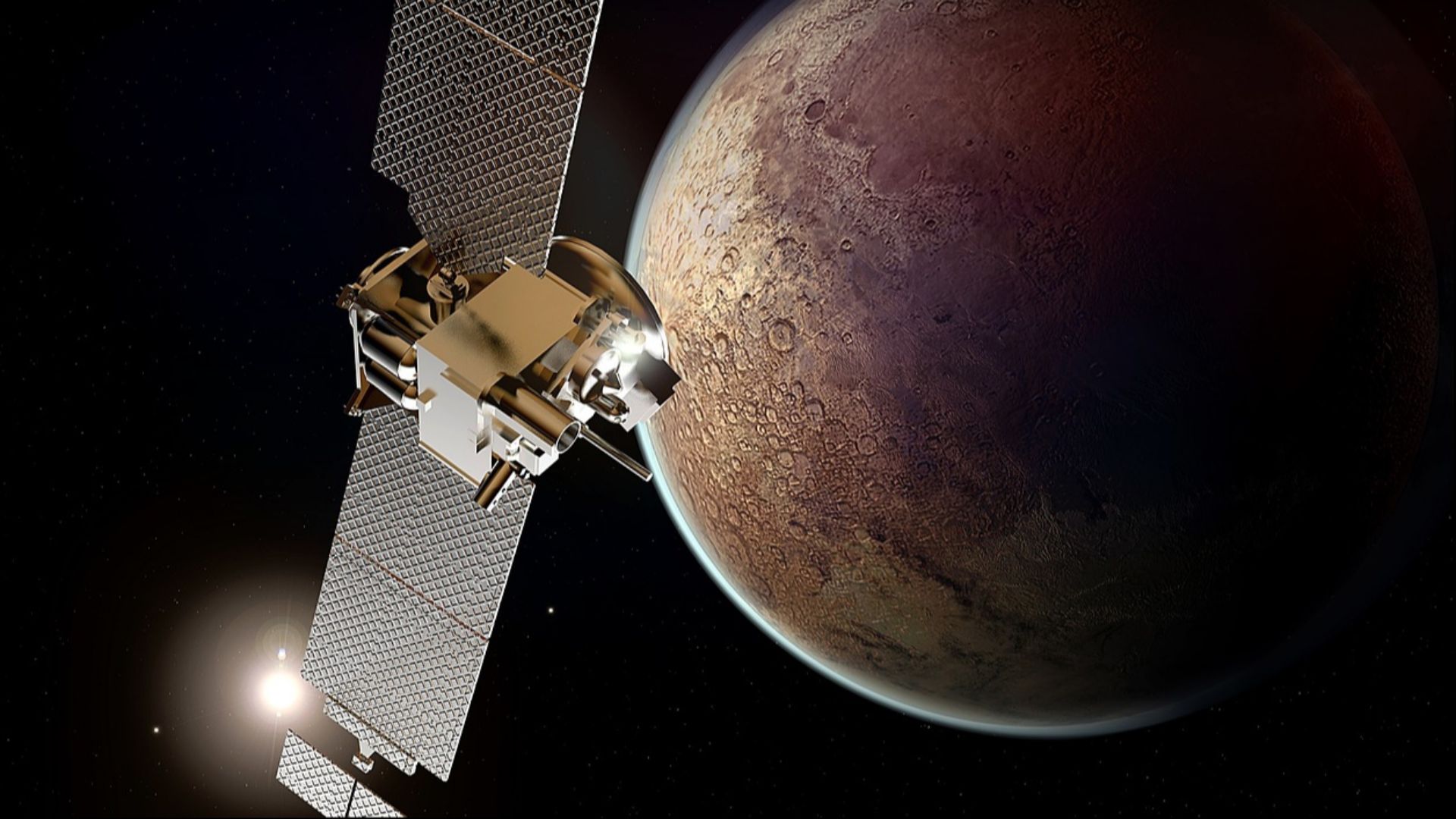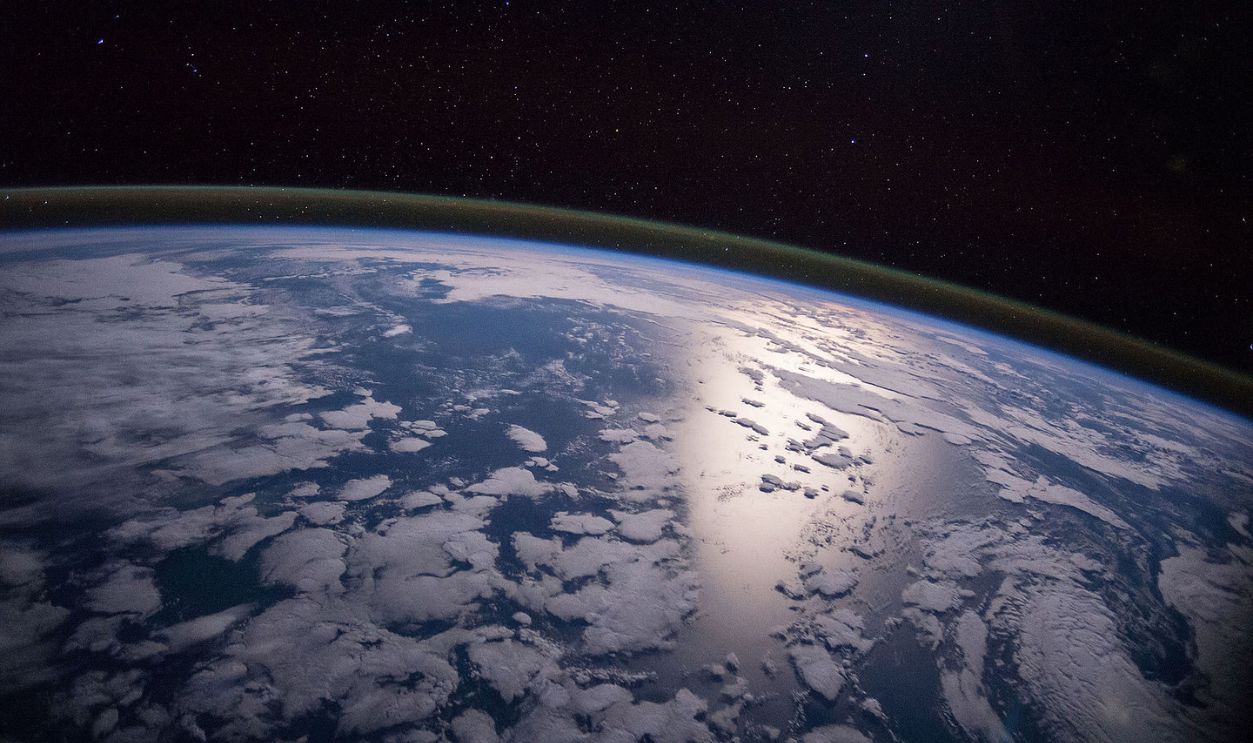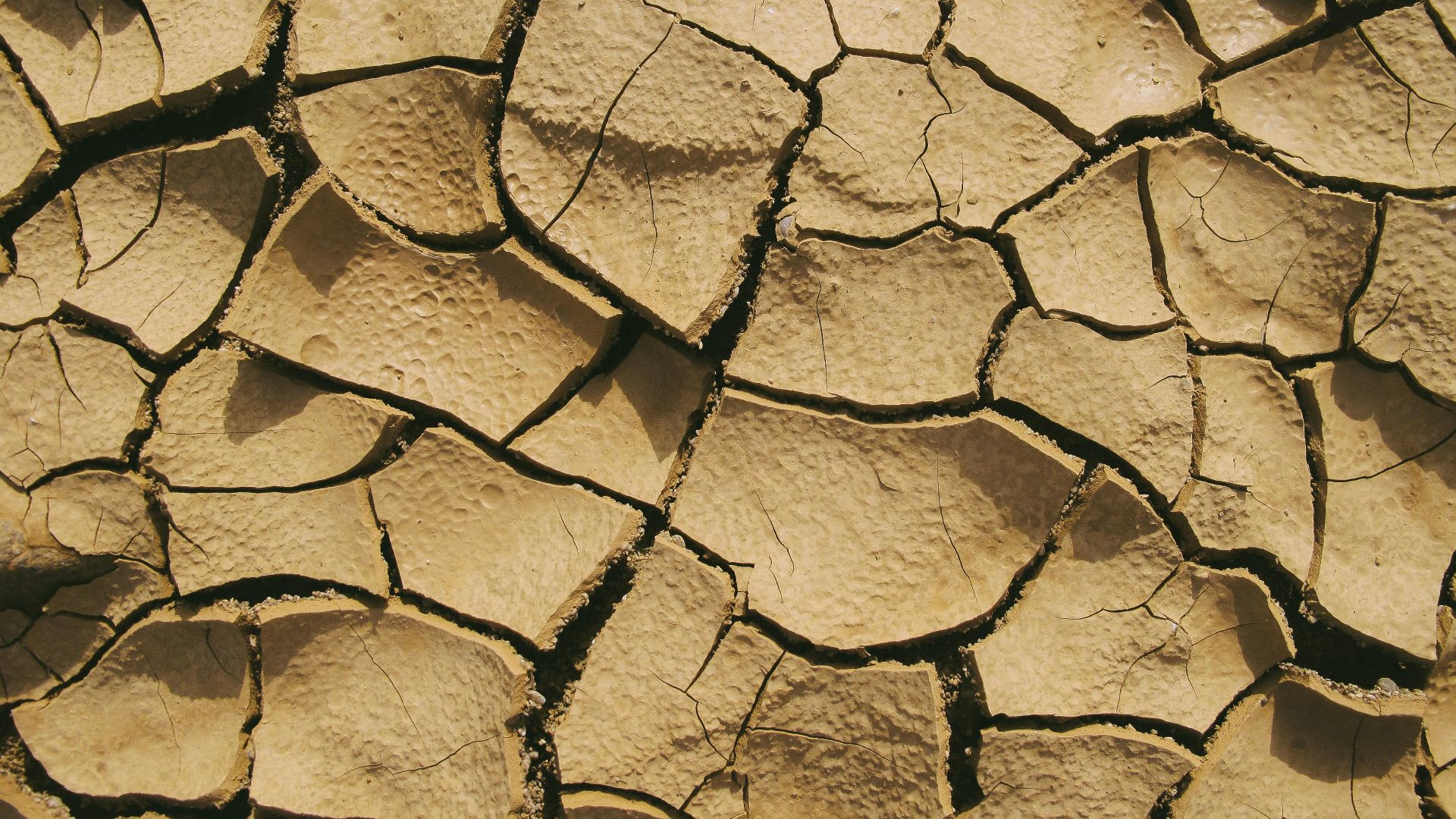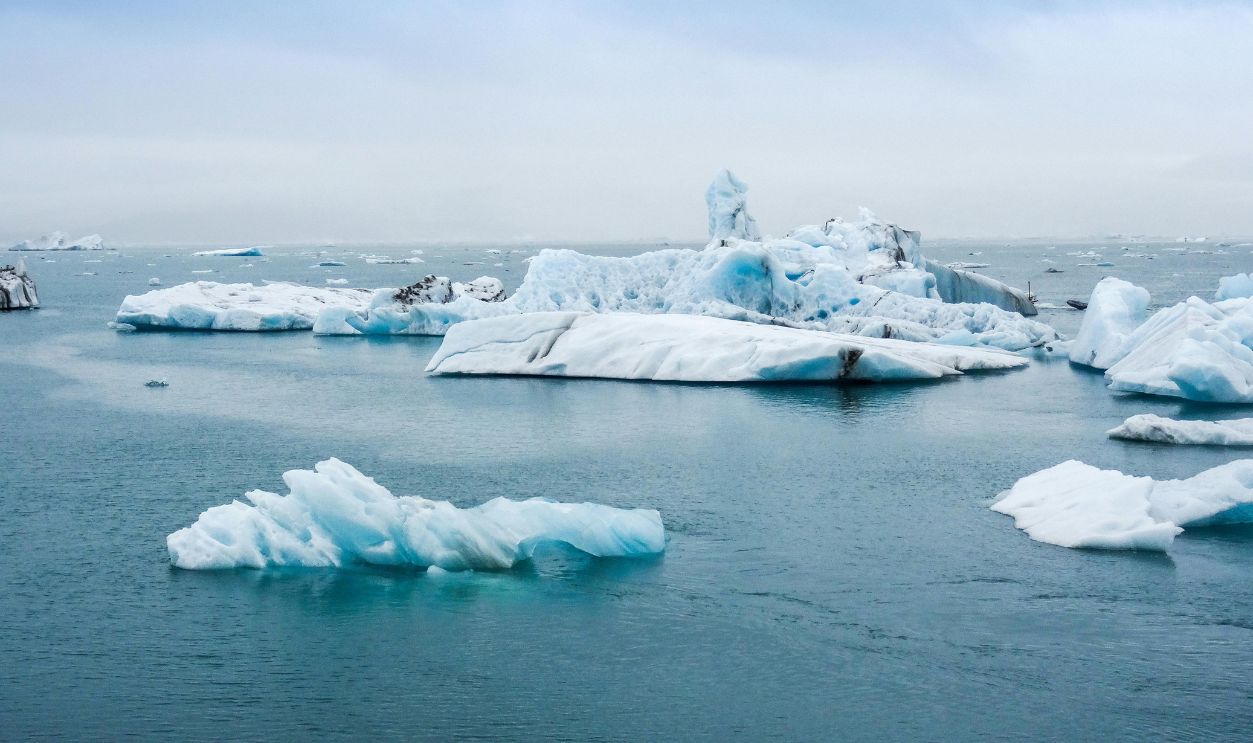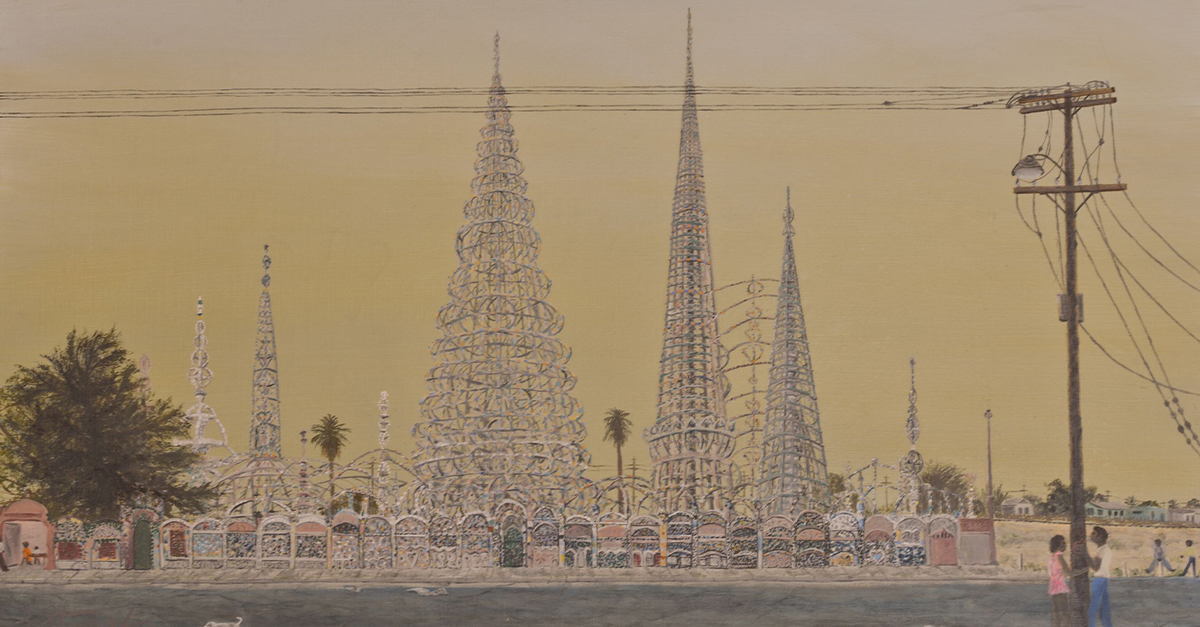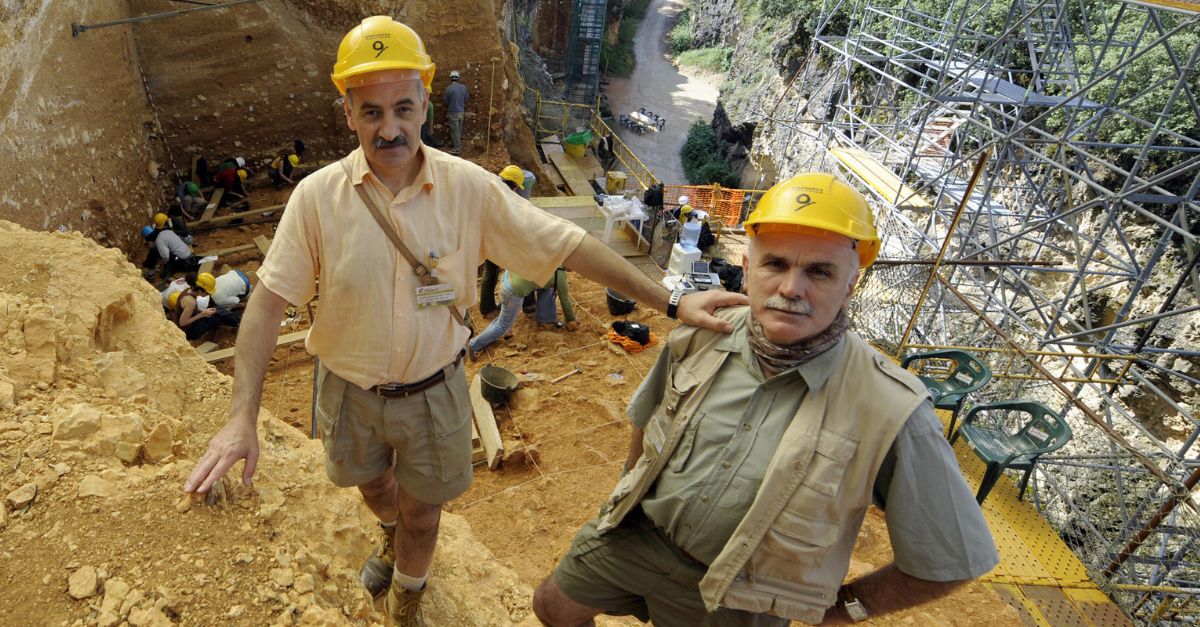A New Kind Of Seismic Force
The Earth feels solid and unmoving beneath our feet. But in quiet, measurable ways, we've been disturbing its balance, not through earthquakes or bombs but by draining lakes and moving massive amounts of water. What lies below has started shifting because of us.
A Planet That Was Never Meant To Be Still
Earth's interior is not a frozen relic; it's dynamic and constantly responding to what happens at the surface. From the shifting of tectonic plates to the subtle rebound of crust, the planet adjusts to every load and every shift.
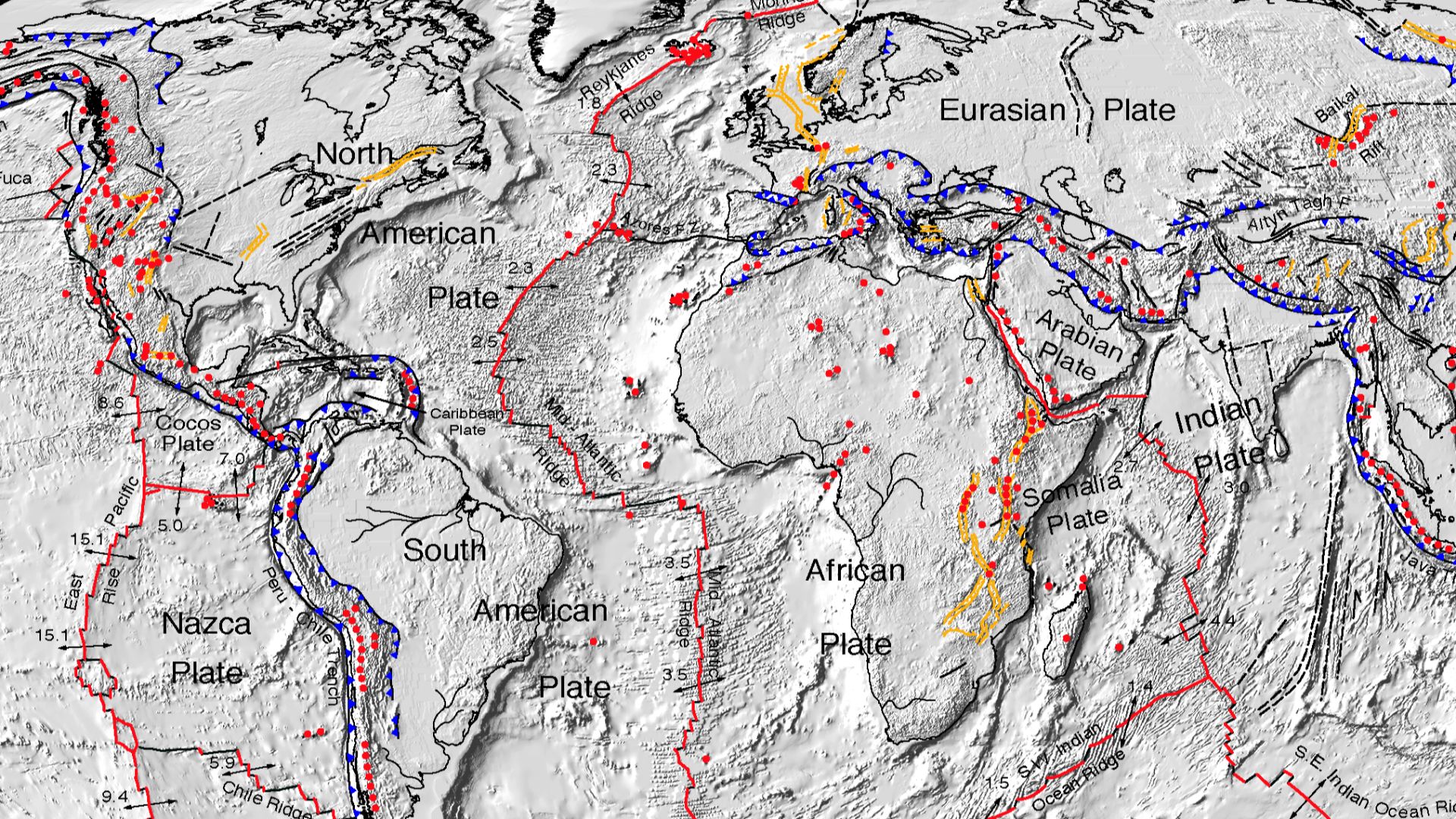 NASA/Goddard Space Flight Center, Wikimedia Commons
NASA/Goddard Space Flight Center, Wikimedia Commons
When Human Hands Quietly Moved The Earth
We didn't need machines to shake the core. Redirecting rivers and removing groundwater changed the weight above the Earth's crust. These weren't loud changes, but they were massive. The ground rose or fell in places we never imagined would respond to such quiet intrusions.
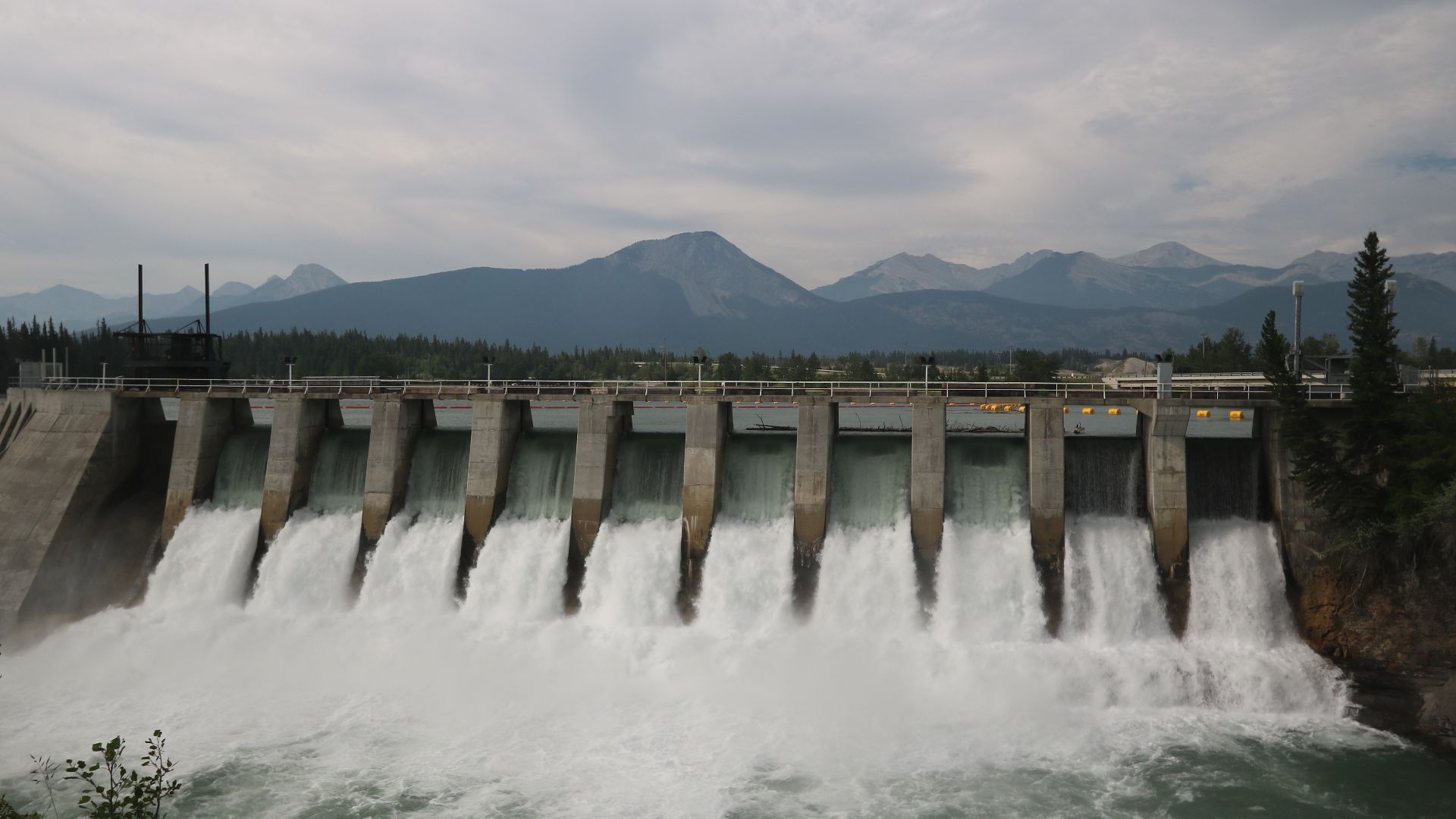 Thank you for visiting my page from Canada, Wikimedia Commons
Thank you for visiting my page from Canada, Wikimedia Commons
How The Surface Shapes What Lies Below
It's not just ice sheets that influence the deep Earth. Water and human-built reservoirs all carry weight. When removed or relocated in vast amounts, the crust responds. That reshaping travels downward, affecting gravity, stress fields, and even the speed of tectonic drift in some cases.
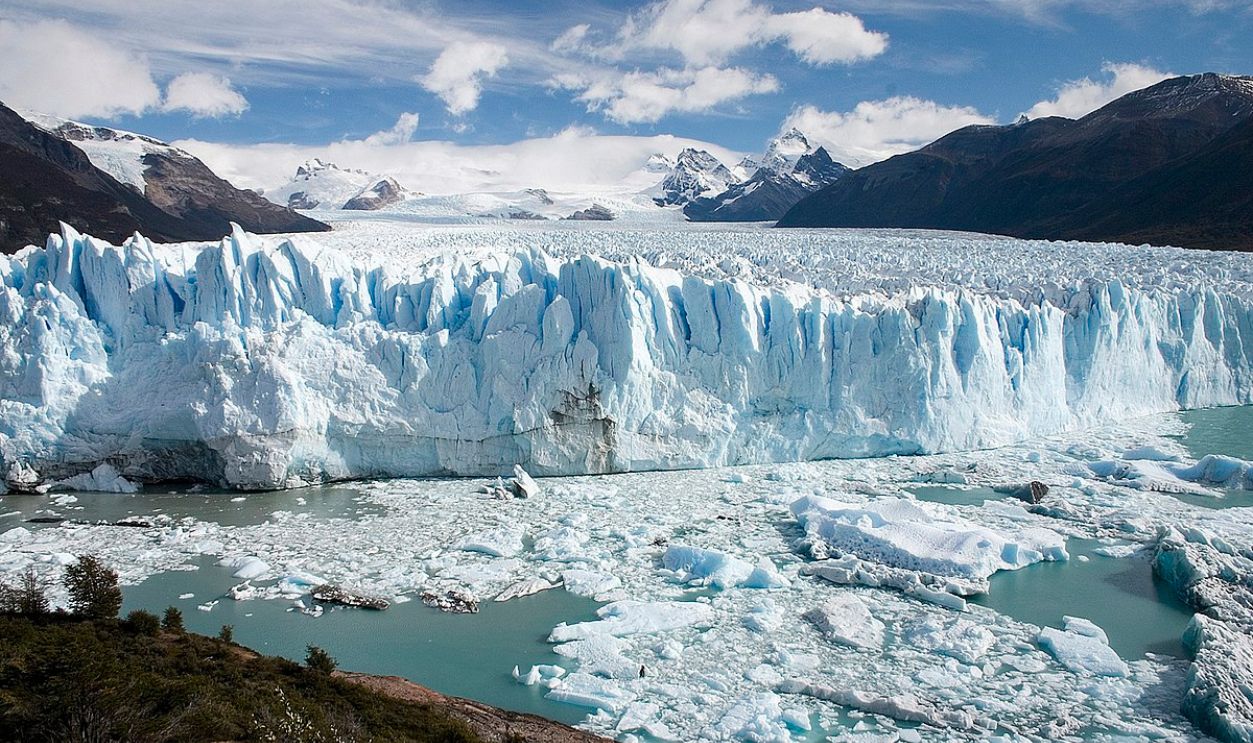 I, Luca Galuzzi, CC BY-SA 2.5, Wikimedia Commons
I, Luca Galuzzi, CC BY-SA 2.5, Wikimedia Commons
The Planet Was Listening Long Before We Knew
Satellites only recently began tracking Earth's subtle interior shifts, but the responses started long before we noticed. Crusts lifted slightly, and the gravity fields thinned. The planet's spin was altered by millimeters. We assumed the surface mattered, but Earth's interior kept the score.
A Vast Inland Sea That Once Fed A Nation
The Aral Sea once stretched across Central Asia, a massive inland lake that sustains millions. But in the 1960s, Soviet planners diverted their rivers to irrigate cotton. Within decades, the sea began vanishing, fish died, and an entire ecosystem began collapsing—all before the satellites started watching.
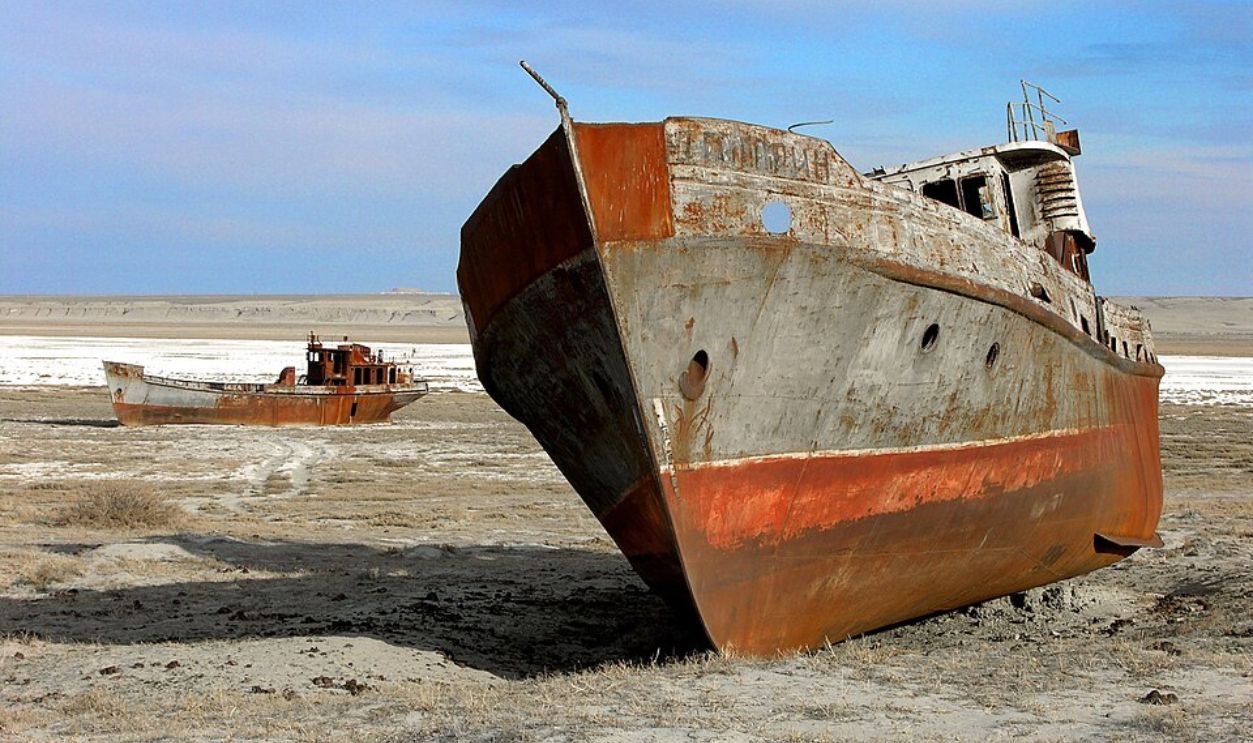 Zhanat Kulenov, CC BY-SA 3.0, Wikimedia Commons
Zhanat Kulenov, CC BY-SA 3.0, Wikimedia Commons
The Soviet Redirection Scheme
In the 1960s, the Soviet Union launched an aggressive irrigation program. Canals were carved from the Amu Darya and Syr Darya rivers to turn deserts into cotton fields. This diversion removed the Aral Sea's lifeline. It was a political gamble that drained a nation's sea.
Megaprojects With No Room For Regret
Planners saw irrigation as progress, not destruction. The scale was enormous: over 20,000 miles of canals and reservoirs. Water waste was staggering, with more than half never reaching crops. Bureaucrats pushed forward by ignoring warnings about ecological collapse already visible in satellite images by the 1970s.
Cotton Dreams That Turned To Salt
Uzbekistan became one of the world's top cotton exporters. But the land paid the price. Over-irrigation caused rising groundwater, which brought salt to the surface. Fields became sterile, and the sea shrank rapidly. The cotton boom delivered riches briefly before turning fertile ground into chemical-laced wasteland.
 Shuhrataxmedov, CC BY-SA 3.0, Wikimedia Commons
Shuhrataxmedov, CC BY-SA 3.0, Wikimedia Commons
Ecosystems Lost In The Wake Of Thirst
As the sea receded, the region's biodiversity crashed. Dozens of native fish species vanished, and migratory birds lost their nesting grounds. The region's climate changed to usher in hotter summers and cold winters. The Aral Sea was no longer a buffer. It became a memory that left behind lifeless plains.
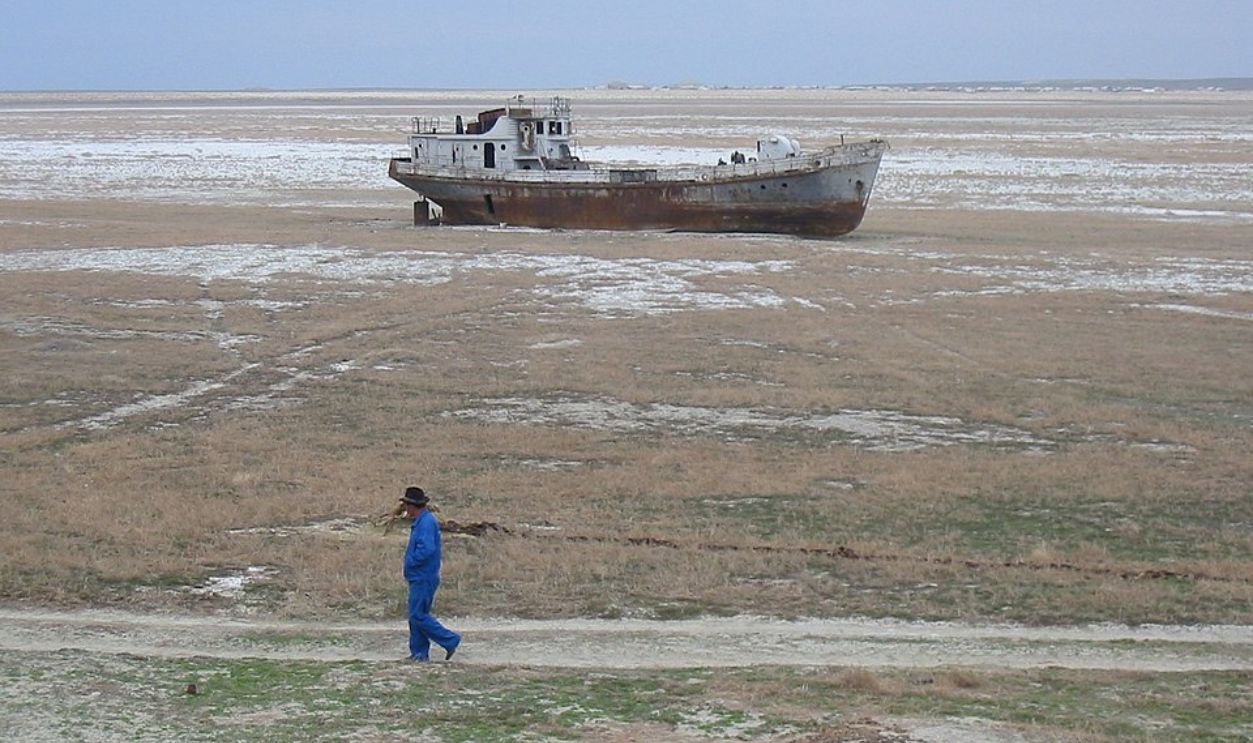 User:Staecker, Wikimedia CommonsFrom Seabed To Salt Storms
User:Staecker, Wikimedia CommonsFrom Seabed To Salt Storms
When the Aral Sea dried, it left behind a chemical graveyard. The exposed seabed was coated with pesticides and industrial waste. Winds lifted this toxic dust and carried it for miles to contaminate farmland and villages. Each storm turned poisoned soil into airborne health hazards.
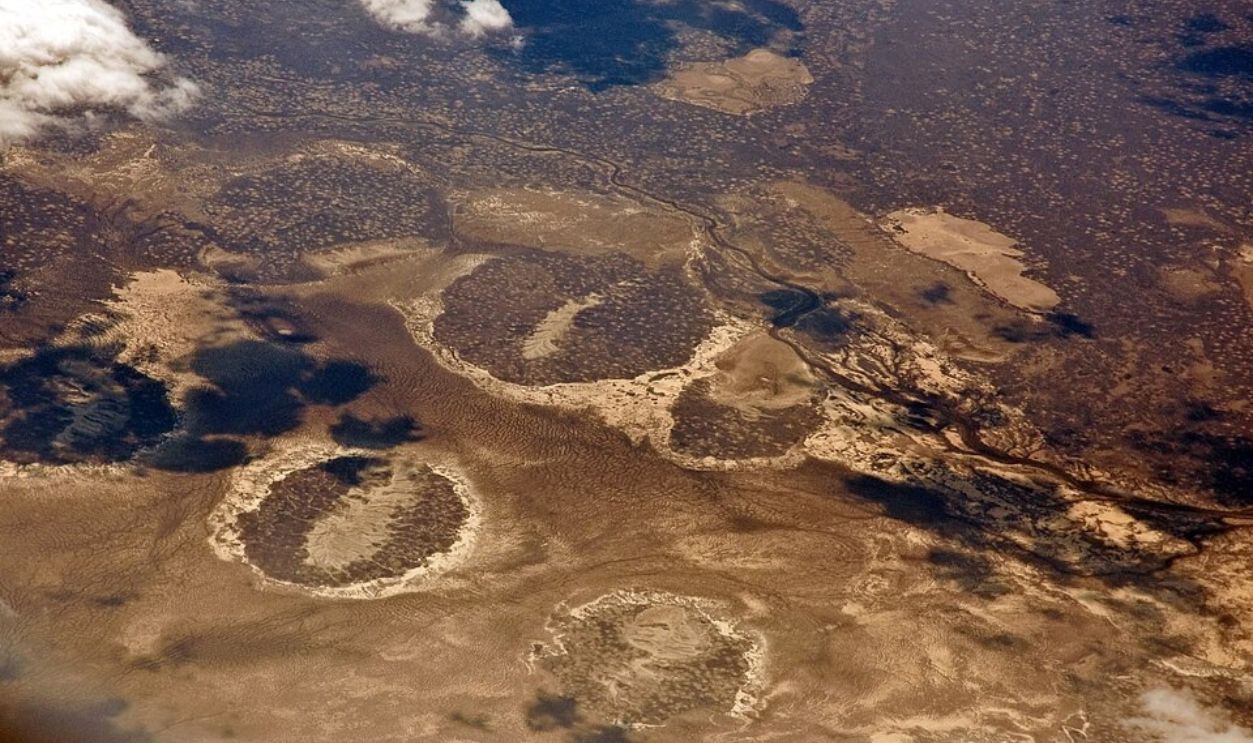 Phillip Capper from Wellington, New Zealand, CC BY 2.0, Wikimedia Commons
Phillip Capper from Wellington, New Zealand, CC BY 2.0, Wikimedia Commons
The Water Vanished—And So Did The Gravity
The disappearance of trillions of gallons of water altered Earth's gravity field. Data from NASA's GRACE satellites showed a measurable dip in gravitational pull over Central Asia. The planet became lighter there to prove that mass loss at the surface can change planetary-scale physical forces.
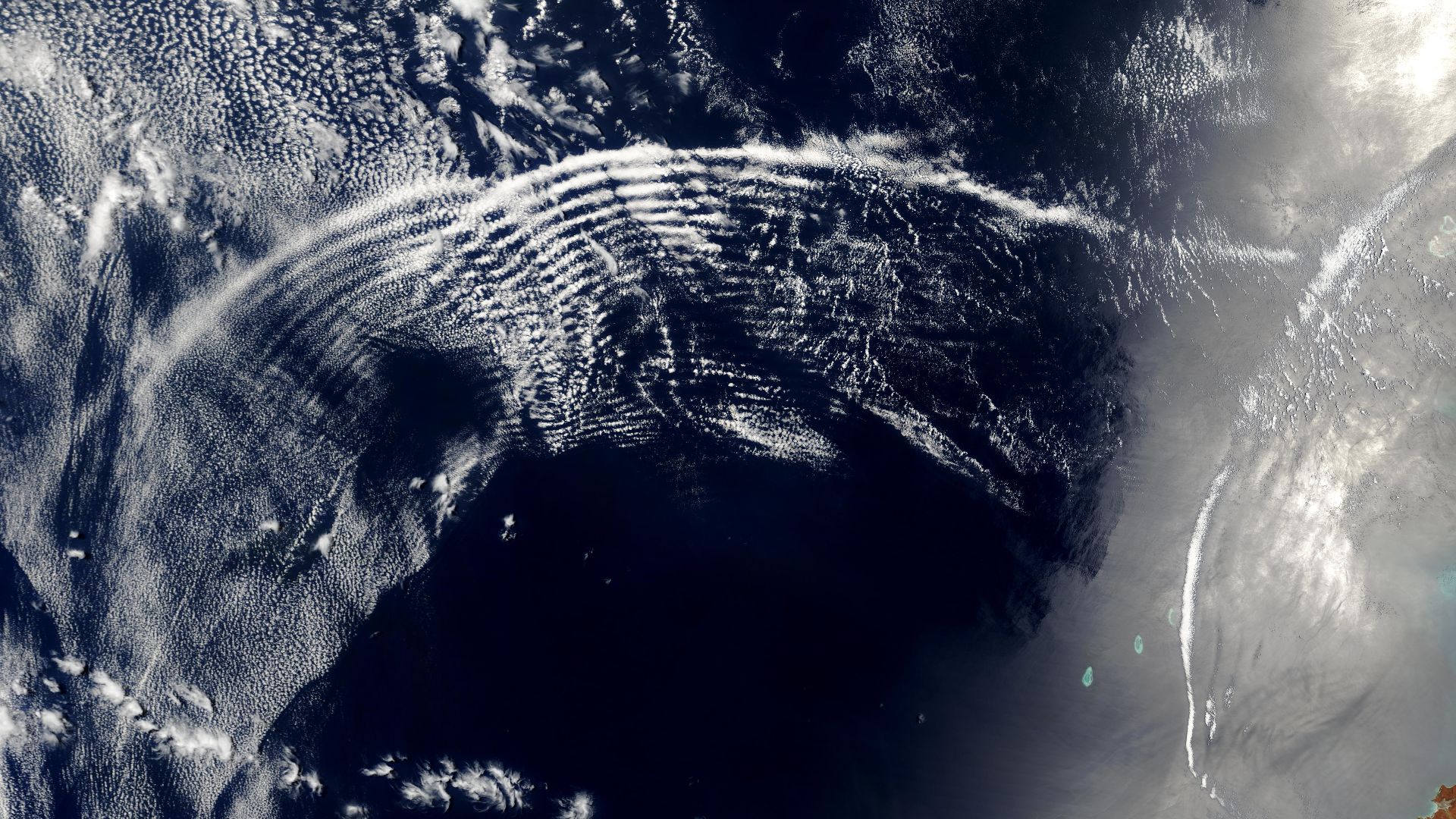 NASA's Scientific Visualization Studio - Beth Anthony, Wikimedia Commons
NASA's Scientific Visualization Studio - Beth Anthony, Wikimedia Commons
Satellites Captured A Planet In Mourning
GRACE and Landsat satellites observed the sea's slow retreat and the crust's gentle lift. Imagery confirmed a reshaping world. What villagers sensed, satellites proved. This wasn't just a surface change. Beneath the desolation, Earth's structure shifted silently by bearing the imprint of what humans had removed above.
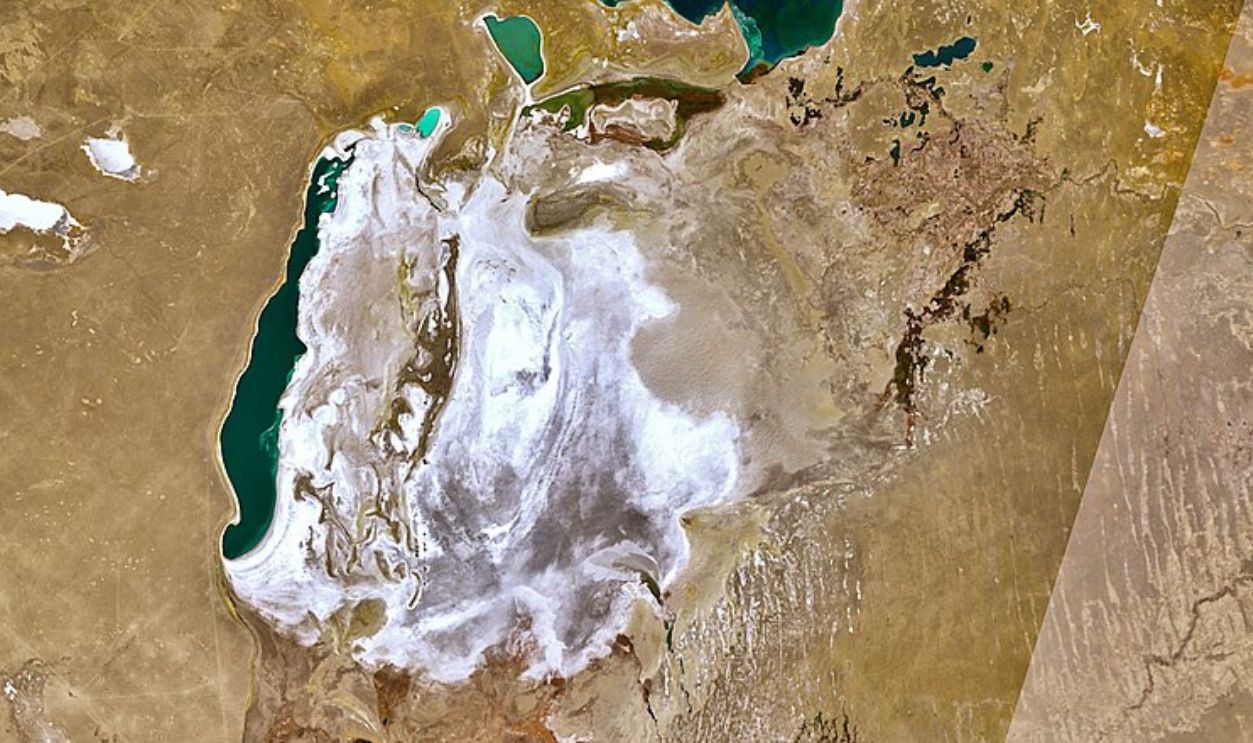 Contains modified Copernicus Sentinel data 2021, Wikimedia Commons
Contains modified Copernicus Sentinel data 2021, Wikimedia Commons
Beneath The Desolation, The Crust Quietly Rose
As the weight of the Aral Sea lifted, the lithosphere responded. Scientists observed a gentle rebound of Earth's crust in the region, part of an isostatic adjustment process. Similar to glaciers melting, the land began to lift without fanfare to reveal Earth's sensitivity to even surface-level disruptions.
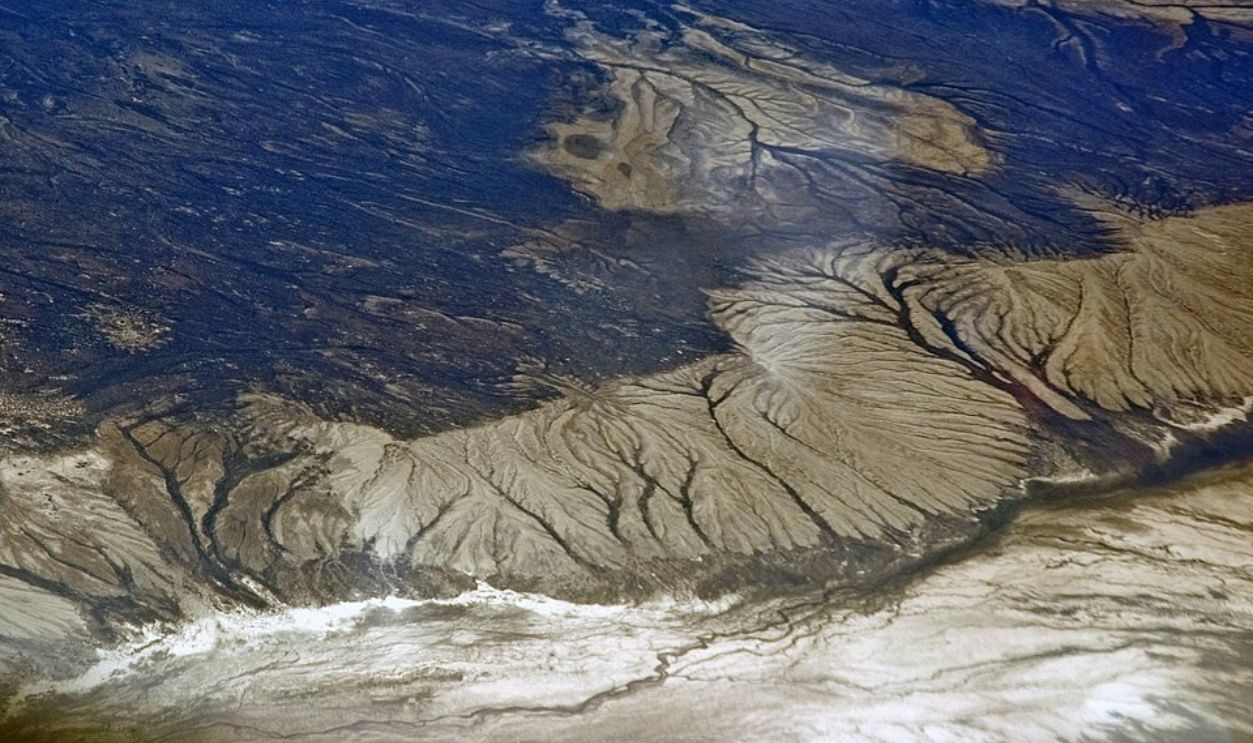 Phillip Capper from Wellington, New Zealand, CC BY 2.0, Wikimedia Commons
Phillip Capper from Wellington, New Zealand, CC BY 2.0, Wikimedia Commons
How Earth Rebalances After Losing Weight
Isostatic rebound is Earth's way of evenin' the score. Whether it's melting ice or vanishing water, when surface mass disappears, the crust compensates. The Aral Sea's disappearance triggered the mechanism seen in post-glacial terrains by showing that Earth constantly adjusts, even when change starts at the surface.
 Mike Beauregard from Nunavut, Canada, CC BY 2.0, Wikimedia Commons
Mike Beauregard from Nunavut, Canada, CC BY 2.0, Wikimedia Commons
How Earth Rebalances After Losing Weight (Cont.)
Recent studies confirm that crustal uplift in Central Asia increased by several millimeters per year after the Aral Sea's decline. Though subtle, this uplift spans thousands of square kilometers. The land began recovering as the Earth recalibrated, the Earth recalibrating to adjust internal pressures.
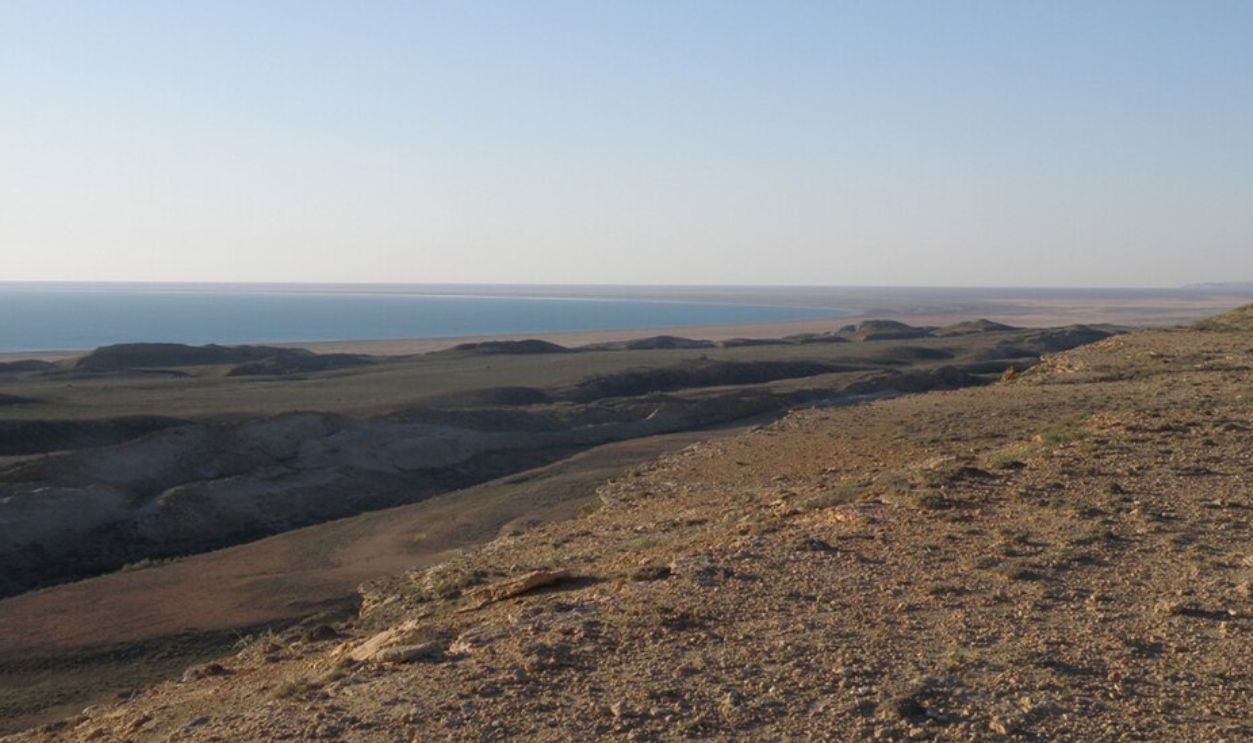 Antonov14, CC BY-SA 3.0, Wikimedia Commons
Antonov14, CC BY-SA 3.0, Wikimedia Commons
The Lithosphere Doesn't Like Sudden Change
Earth's outer shell, the lithosphere, adjusts over time but doesn't welcome abrupt shifts. Human-driven mass loss, such as water extraction or deforestation, disturbs this balance. Even small changes in surface load can generate stress in deeper layers, sometimes triggering faults or amplifying existing geological tensions underground.
Crustal Weakening In Progress
Recent studies link accelerated subsidence in parts of California and northern India to sharp increases in groundwater withdrawal. These disruptions aren't absorbed gently. Instead, they contribute to crustal weakening and can reawaken dormant faults. The lithosphere records these stresses by responding in ways we're only beginning to understand.
When Water Disappears, The Crust Shifts
Water carries weight beyond its fluid form, and losing it changes the pressure on the crust. Scientists observed vertical land movement in areas like Central Asia after water vanished. These movements may seem minor, but they hint at how sensitive the crust is to surface disruption across large regions.
What GRACE Discovered Beneath Our Feet
NASA's GRACE satellites revealed lost lakes and exposed Earth's gravitational memory. As water disappeared, gravity dipped. These changes were measurable and tangible. GRACE showed us how the planet registers mass loss and how its deep structure reacts quietly but precisely to what happens above.
What GRACE Discovered Beneath Our Feet (Cont.)
GRACE detected these gravity shifts down to regional scales that offer a new way to monitor groundwater loss and environmental change. For the first time, scientists could see how aquifers and lakes impact deep Earth mechanics. It was data that connected human activity to inner planetary response.
Ground Movements You'll Never Feel
Tiny shifts in Earth's crust happen daily, unnoticed by anyone above them. But satellites catch them. These movements can be as small as a few millimeters, caused by human actions like draining aquifers or shifting coastlines. Subtle, yes, but still part of Earth's internal response.
Earth's Axis Is Wobbling, And We're Nudging It
Earth's rotational axis naturally wobbles, but human-caused mass shifts add new patterns. Studies show groundwater depletion and melting glaciers have redirected this upward wobble since the 1990s. It's a slow drift, yet it proves we're influencing the planet's spin with what we move or remove.
Local Actions Global Tilt
Draining a lake in Central Asia or extracting water in California may seem localized, but Earth's balance is interconnected. Changes in mass distribution affect the planet's center of gravity. The result isn't just regional since satellite data shows a shift in Earth's rotational dynamics tied to these localized human actions.
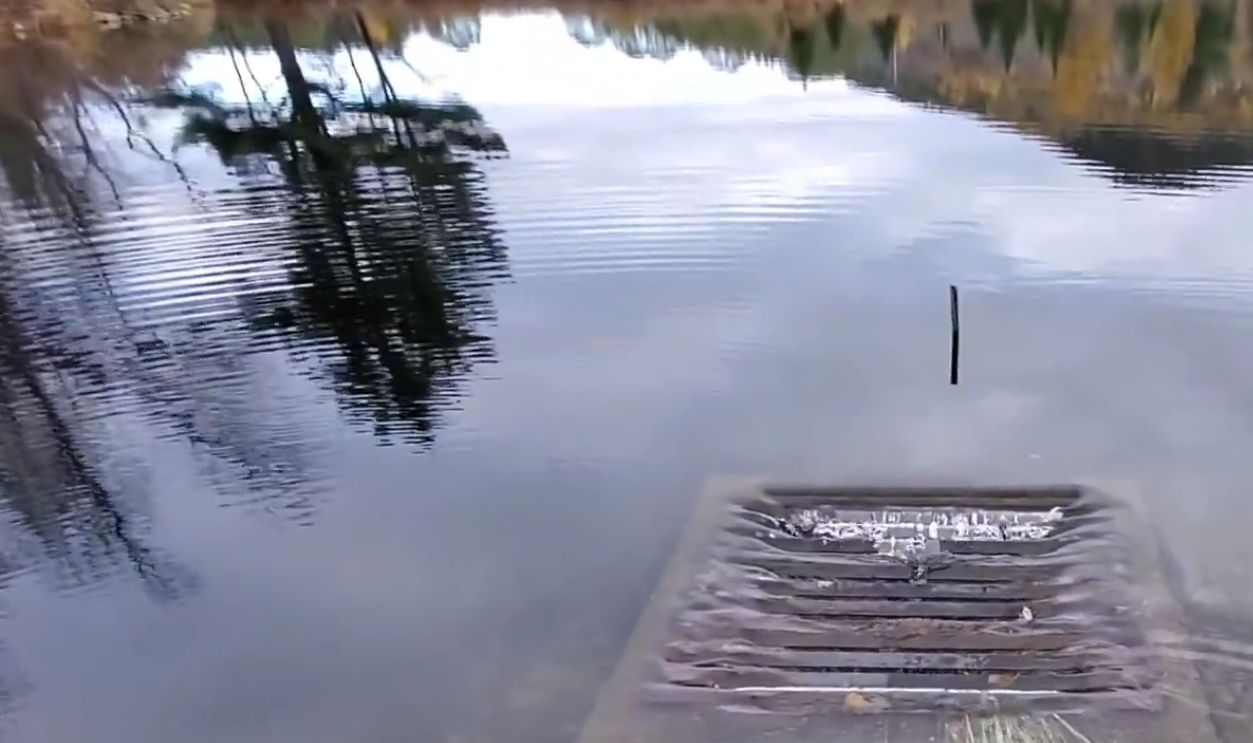 The Perfect Lake Drain by post 10
The Perfect Lake Drain by post 10
We've Entered The Era Of Human-Driven Geophysics
For centuries, Earth science observed natural forces. Now, it's watching us. Human-driven water loss and land use have begun altering the crust and rotation. Geophysics is no longer a study of nature alone; it's increasingly about our imprint on Earth's deepest responses.
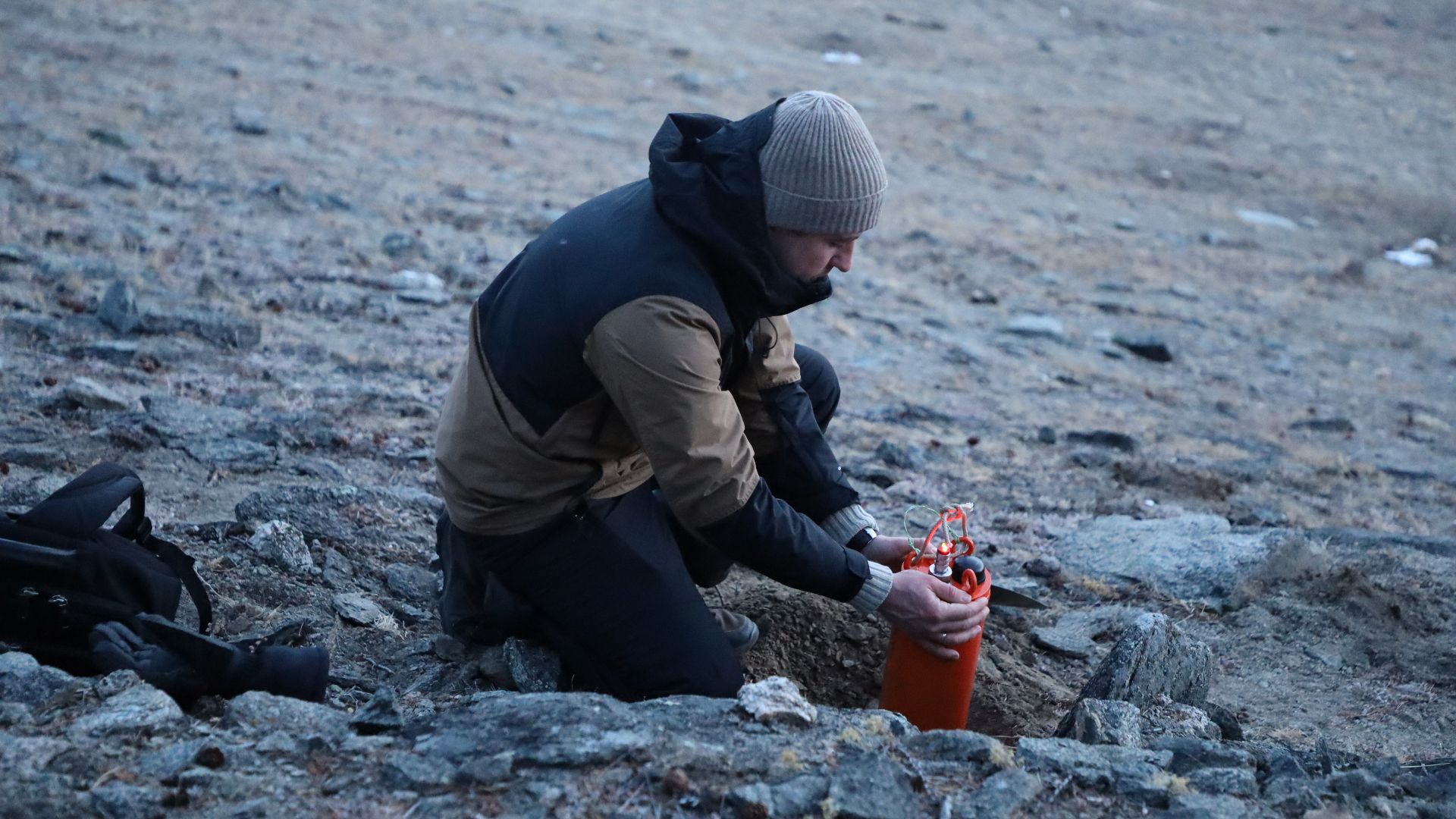 Anastasiia Starikova, Wikimedia Commons
Anastasiia Starikova, Wikimedia Commons
China's Three Gorges Dam Changed More Than The Terrain
When the reservoir behind China's Three Gorges Dam filled, it displaced over 39 trillion kilograms of water. Scientists observed a measurable shift in Earth's moment of inertia and a slight crustal depression nearby. The dam changed the course of a river and subtly altered the planet's shape.
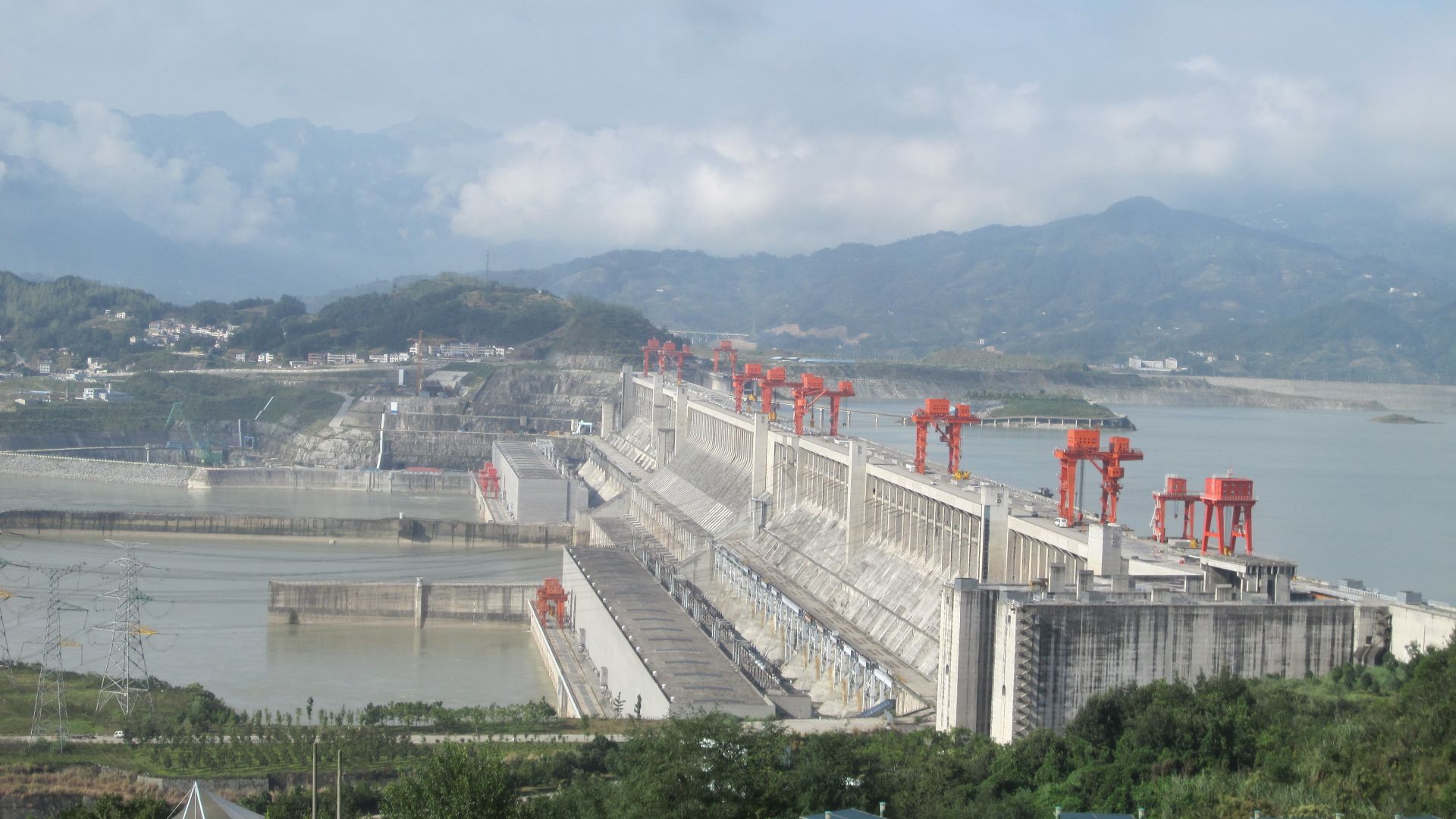 Le Grand Portage, Wikimedia Commons
Le Grand Portage, Wikimedia Commons
Brazil's Hydroelectric Push Alters the Crust
Massive reservoirs like Brazil's Sobradinho and Tucuruí have submerged entire valleys by storing billions of tons of water. These bodies of water exert pressure on the crust beneath, and satellite data have revealed slight deformations in nearby regions. Hydropower projects, though renewable, carry profound geophysical consequences.
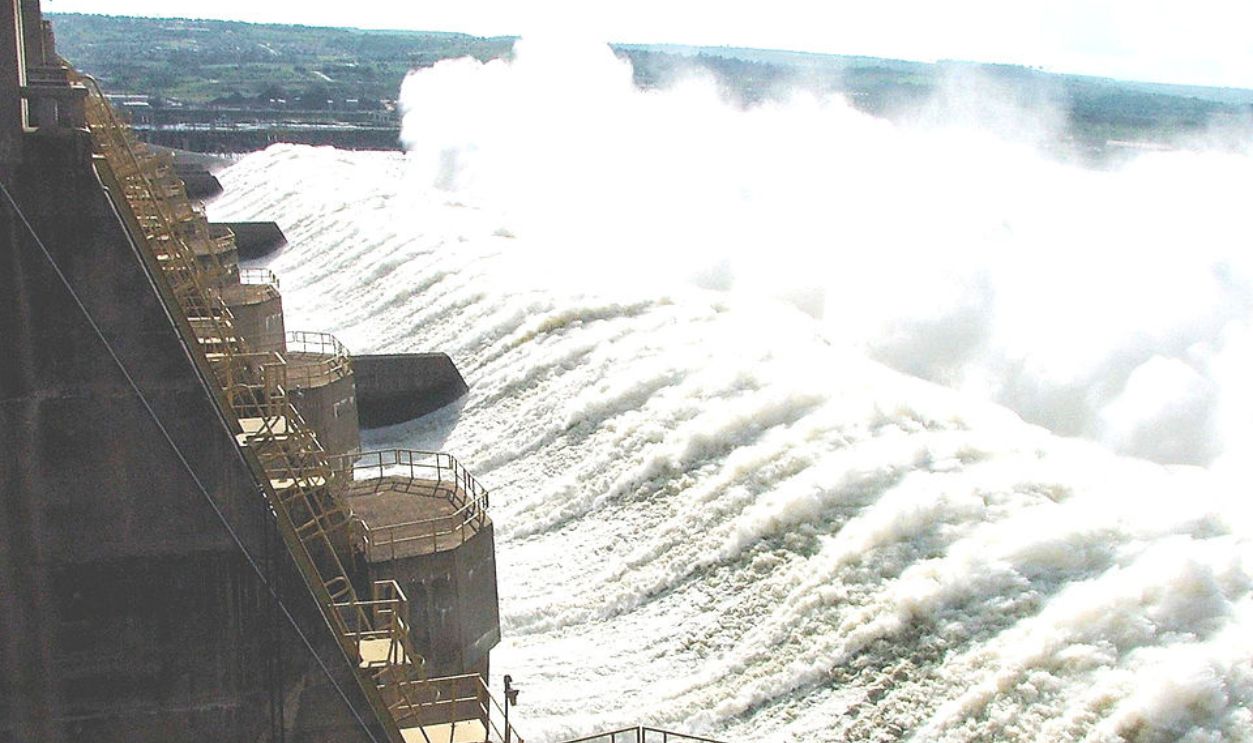 Socrates Arantes/Eletronorte, CC BY 3.0, Wikimedia Commons
Socrates Arantes/Eletronorte, CC BY 3.0, Wikimedia Commons
Groundwater Drain India And California Sink Together
In both India's breadbasket and California's Central Valley, aquifer depletion is causing land to subside. This sinking, measured in centimeters per year in some spots, isn't just a surface issue. The loss of groundwater mass affects the gravity field and long-term crustal stability in these heavily tapped regions.
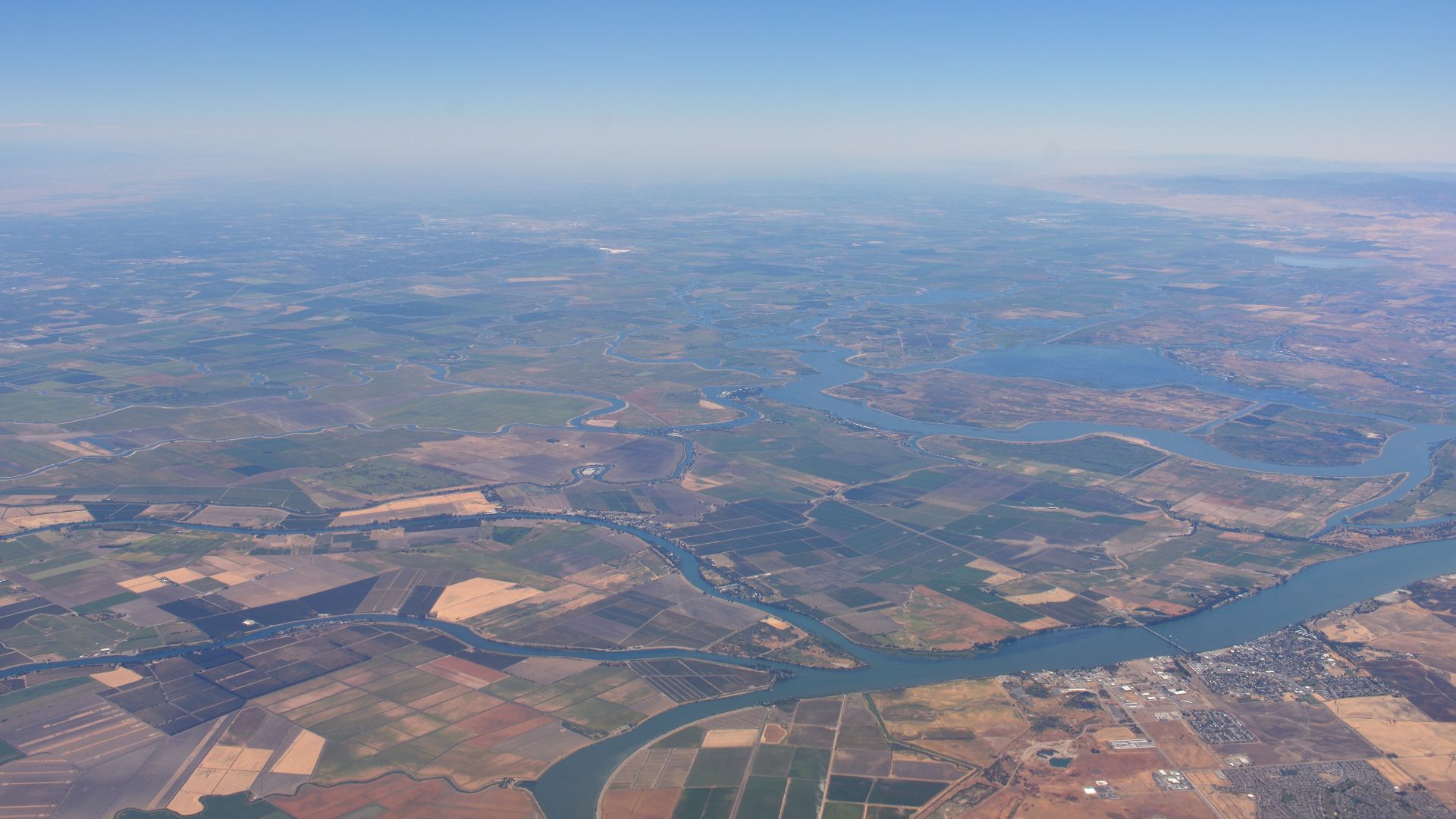 4300streetcar, Wikimedia Commons
4300streetcar, Wikimedia Commons
When Rivers Run Dry, Basins Start To Buckle
Drying rivers can cause more than drought. In basins like the Tigris-Euphrates or the Colorado, declining river volume reduces surface pressure. This can lead to crustal adjustment or stress redistribution in faults. These are not fractures from erosion but represent the planet's way of rebalancing itself.
Greenland's Meltwater Tugs On The Planet's Spin
As Greenland's ice sheet melts, water flows toward the oceans by redistributing mass across the globe. This shift has contributed to a measurable change in Earth's axial wobble. GRACE data links the ice loss to changes in planetary rotation, which shows that even remote regions reshape Earth's balance.
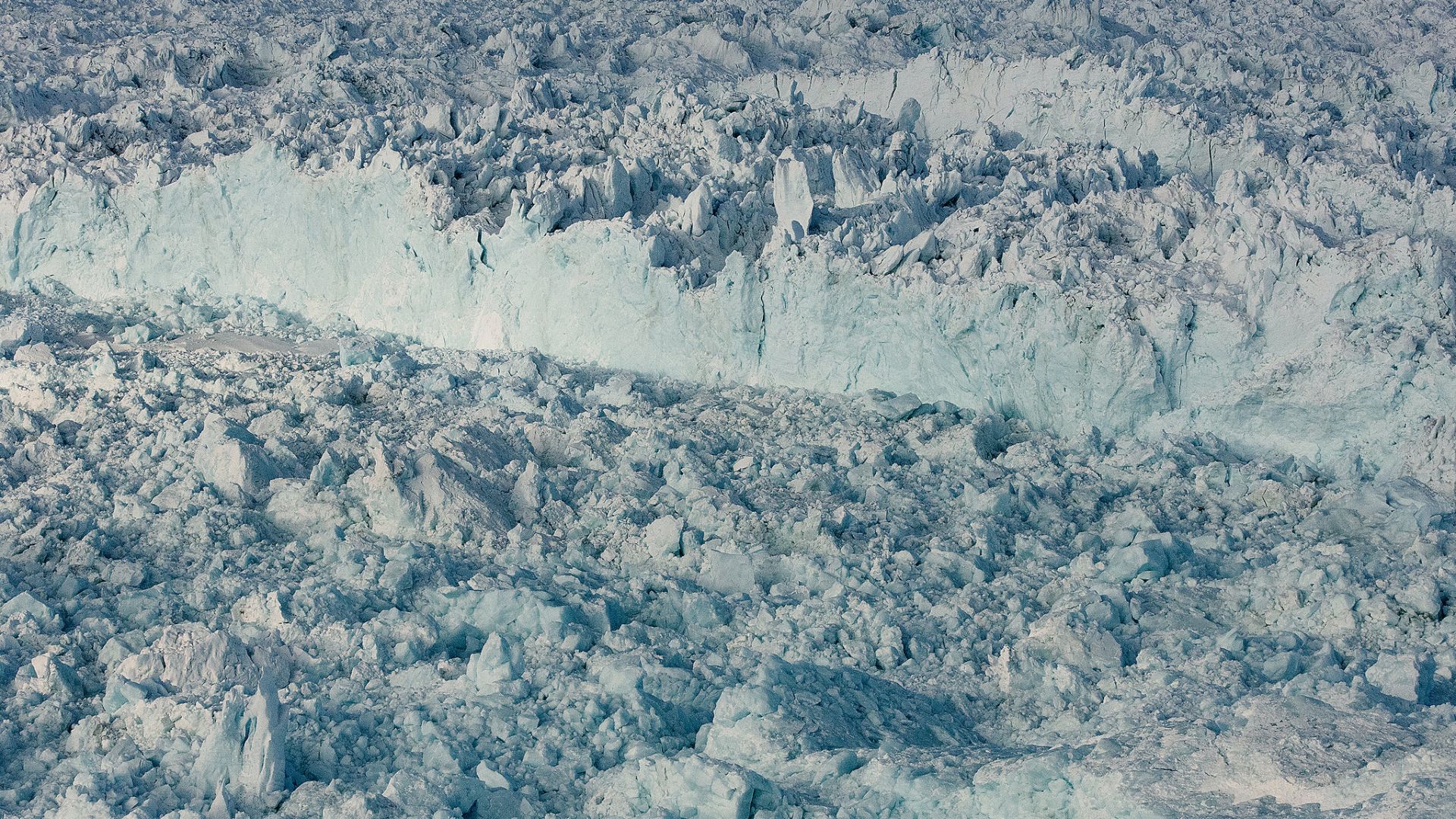 NASA's Earth Observatory, Wikimedia Commons
NASA's Earth Observatory, Wikimedia Commons
Lake Chad's Vanishing Act And Its Deeper Ripples
Lake Chad has shrunk by over 90% since the 1960s. This drastic loss in surface mass has impacted local climate and groundwater levels, but its effects go deeper. The surrounding crust shows signs of uplift, and regional gravity fields have weakened—markers of an Earth adjusting to loss.
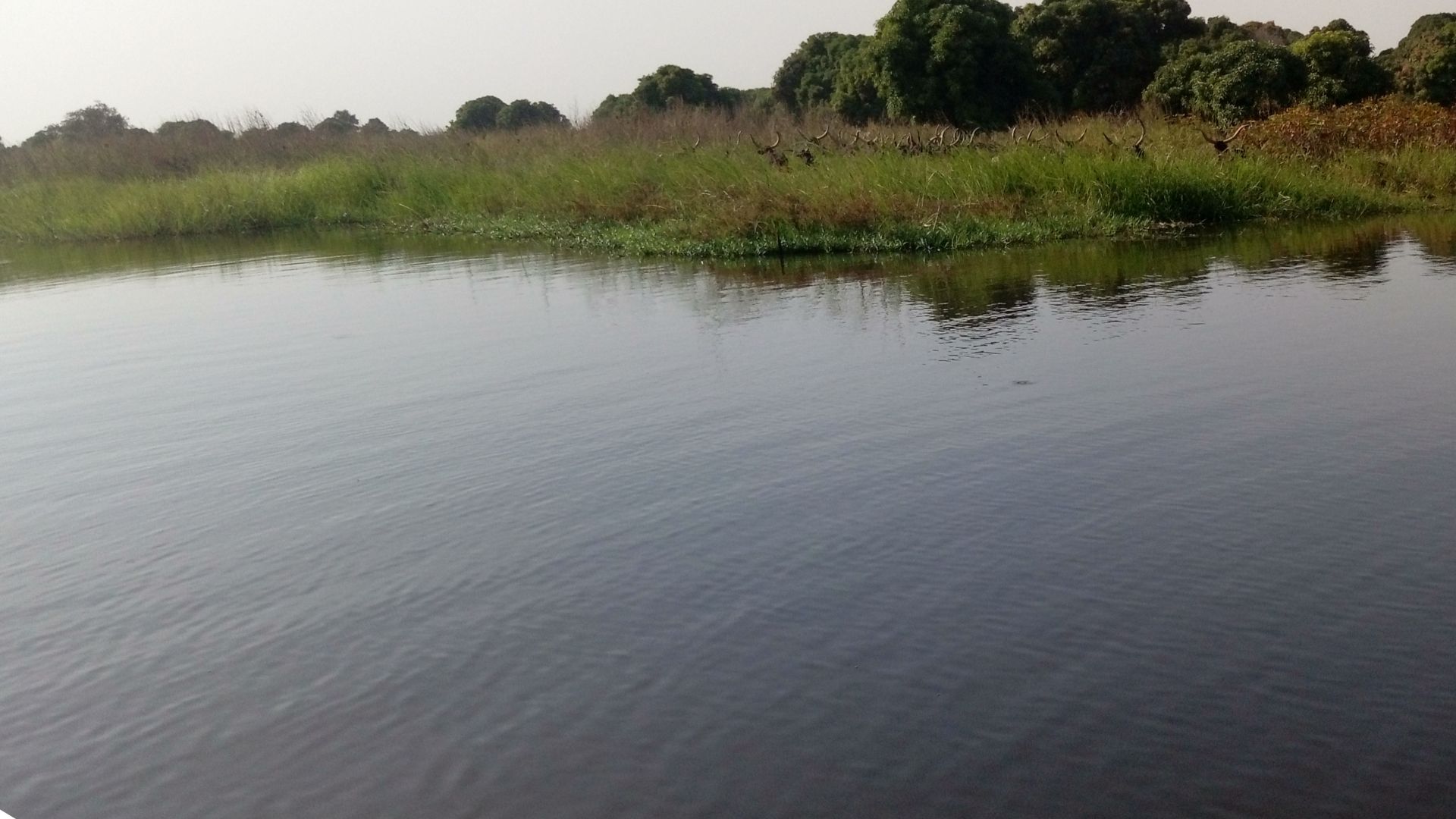 File:Lake chad shore.jpg: Coolthoom1
Detilt: Hike395, Wikimedia Commons
File:Lake chad shore.jpg: Coolthoom1
Detilt: Hike395, Wikimedia Commons
The Disappearing Amazon Is A Hydrological Time Bomb
Deforestation and shifting rainfall in the Amazon Basin have reduced evapotranspiration and groundwater recharge. Less water remains in vegetation and soil by lowering the regional mass. This decline affects gravity and crustal pressure. The Amazon's loss extends beyond ecology. It is reshaping Earth slowly through a large-scale hydrological shift.
The Colorado Basin's Phantom Load
Decades of damming and diversion have significantly reduced Colorado River flows. But GRACE data shows the region still stores mass underground in depleted aquifers that are no longer refilling. This "phantom load" adds unseen pressure on the crust and masks long-term deformation. The water is gone, but the weight lingers.
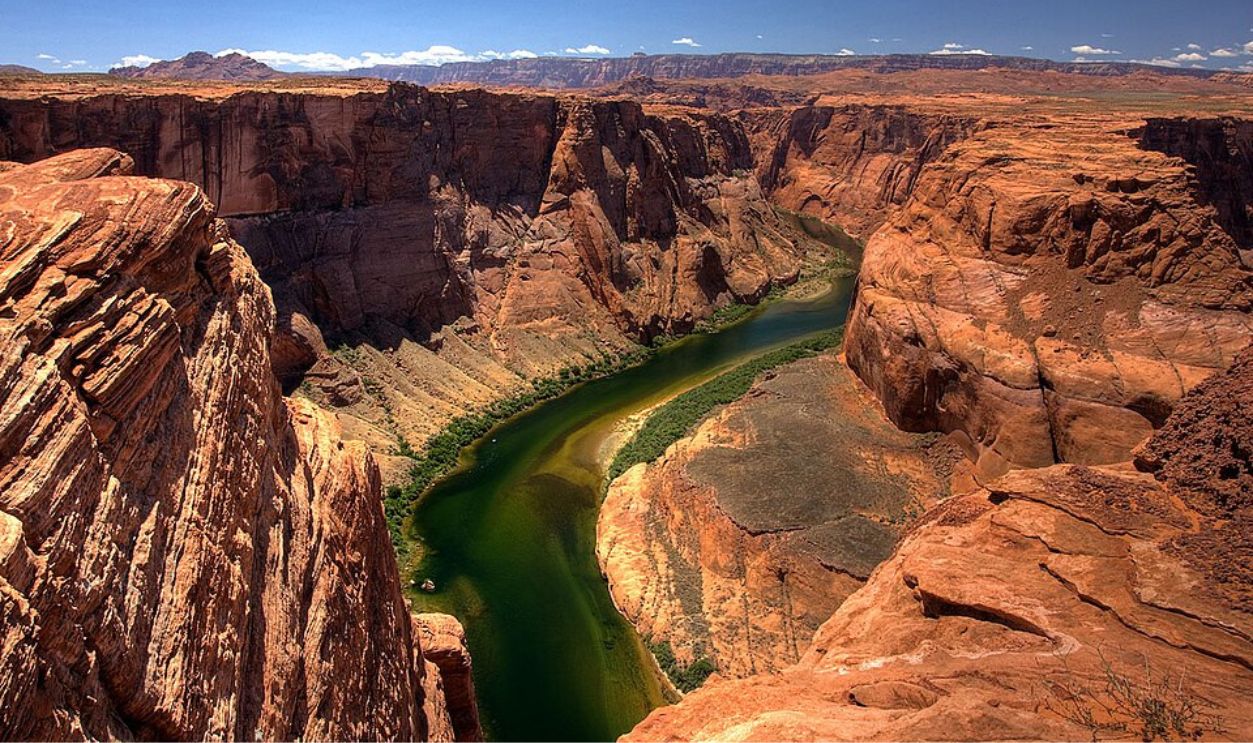 Smtunli, Svein-Magne Tunli - My photo gallery, CC BY-SA 3.0, Wikimedia Commons
Smtunli, Svein-Magne Tunli - My photo gallery, CC BY-SA 3.0, Wikimedia Commons
Oil and Gas Extraction That Shook the Ground
Aggressive extraction and injection practices have altered subsurface pressure in Texas and Oklahoma. These changes have triggered swarms of small earthquakes. While not destructive, they reveal how industrial activity can affect fault lines. Human-caused seismicity is a measurable part of today's geophysical terrain in extraction zones.
Cities That Sink Under Their Weight
Urban sprawl brings more than traffic. Megacities like Jakarta and Mexico City are sinking due to groundwater extraction and infrastructure weight. Skyscrapers and water loss combine to deform the ground below. This subsidence affects drainage and subtly alters gravitational readings in urban zones.
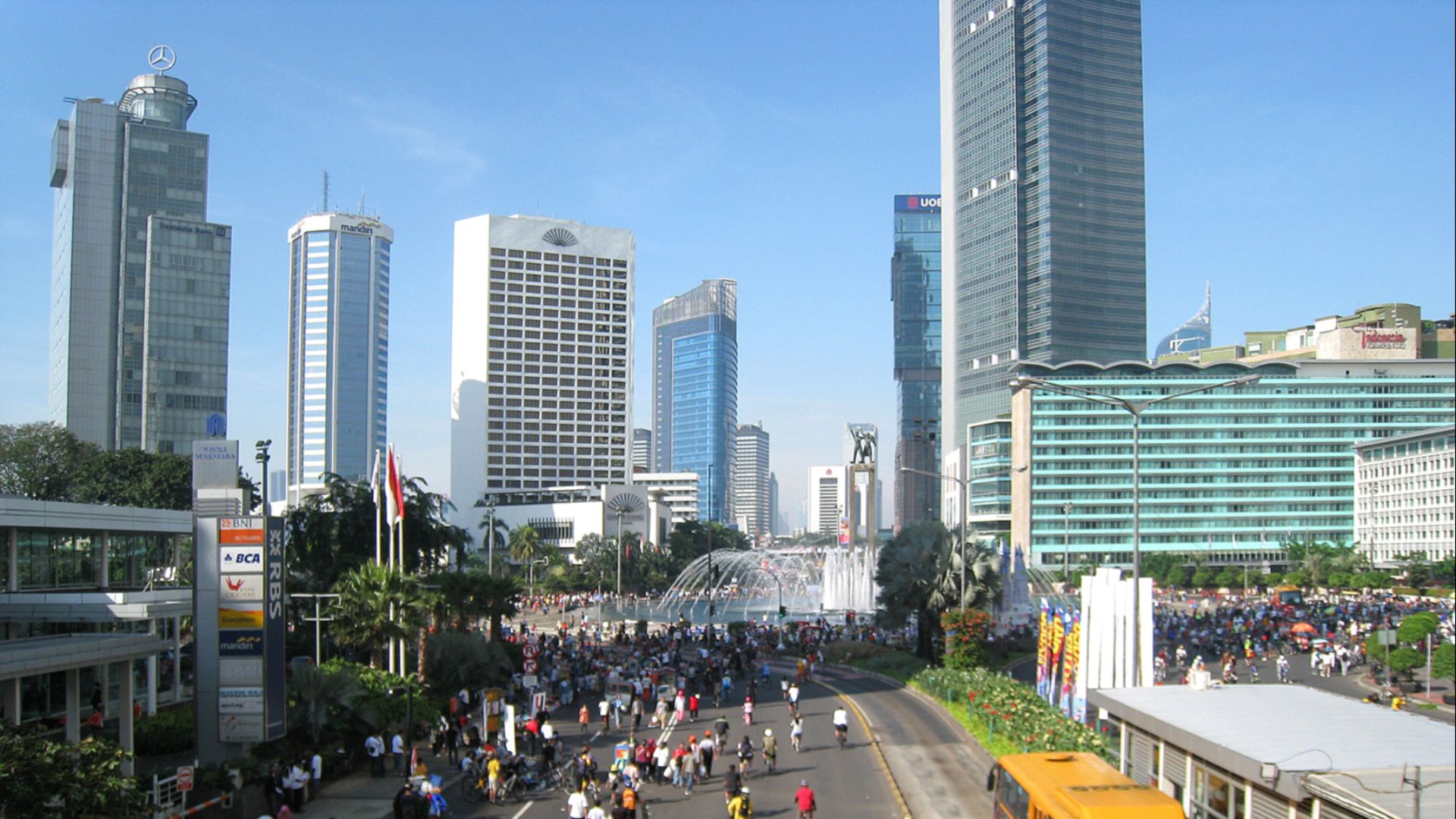 Gunawan Kartapranata, Wikimedia Commons
Gunawan Kartapranata, Wikimedia Commons
Gravity Fields Are Not Fixed Coordinates
Gravity is not uniform across Earth, and it's never truly stable. As water moves, glaciers melt, and aquifers empty, gravity fields shift. Satellite data confirms that human-induced mass loss has rebalanced gravitational strength across regions. Gravity maps are now tools for tracking environmental change.
Earth's Shape Is Always Shifting Beneath Us
Earth is not a perfect sphere—it bulges, stretches, and adjusts constantly. This shape fluctuates with tides, earthquakes, and mass redistribution, and GRACE data shows these changes in motion. What we do on the surface—even indirectly—can ripple into shifts in how Earth physically holds its form.
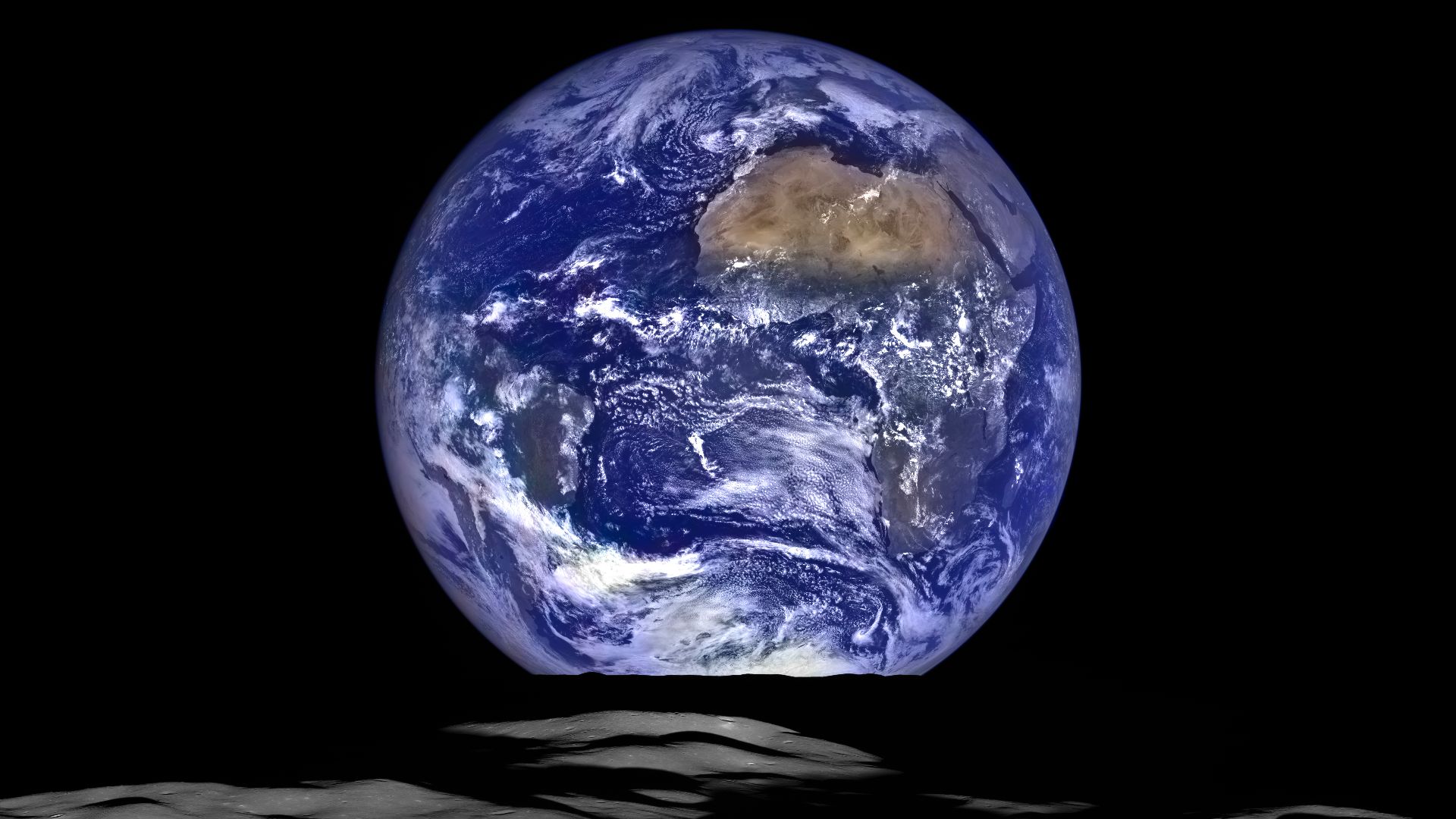 NASA / Goddard Space Flight Center / Arizona State University, Wikimedia Commons
NASA / Goddard Space Flight Center / Arizona State University, Wikimedia Commons
Human Pressure Joins The Timeline Of Deep Earth Forces
For most of Earth's history, internal forces shaped its crust. But humans now alter surface mass fast enough to register in geological terms. Groundwater loss and urbanization add measurable pressure. We've joined the lengthy timeline of geophysical change, just much faster than nature intended.
Science Is Just Catching Up To Our Impact
We've recently developed tools sensitive enough to see how our actions echo underground. Satellite missions and crustal models reveal cause and effect in real time. Human activity is now a key variable in Earth science, which changes how we understand and predict the ground beneath us.
How Much Shift Is Too Much For A Living Planet?
Earth absorbs change, but not without limits. Repeated shifts in mass can disrupt fault systems and stress crustal boundaries. The tipping point may not come at once, but each added disturbance brings the planet closer to thresholds we don't yet fully understand.
How Much Shift Is Too Much For A Living Planet? (Cont.)
Recent seismic modeling shows that even modest mass shifts can alter stress fields in tectonically sensitive zones. These changes may not trigger immediate quakes but can weaken boundaries over time. Scientists now use satellite data to track crustal strain by looking for signs of growing instability tied to human activity.
Can Earth Adapt Faster Than We Can Predict?
Adaptation happens, but feedback loops aren't immediate. Crustal shifts unfold over the years, sometimes decades. When change accelerates, response time doesn't. Human activity is outpacing the planet's natural rhythm by challenging scientists to keep up with the pace of unintended, large-scale changes reshaping the world beneath our feet.
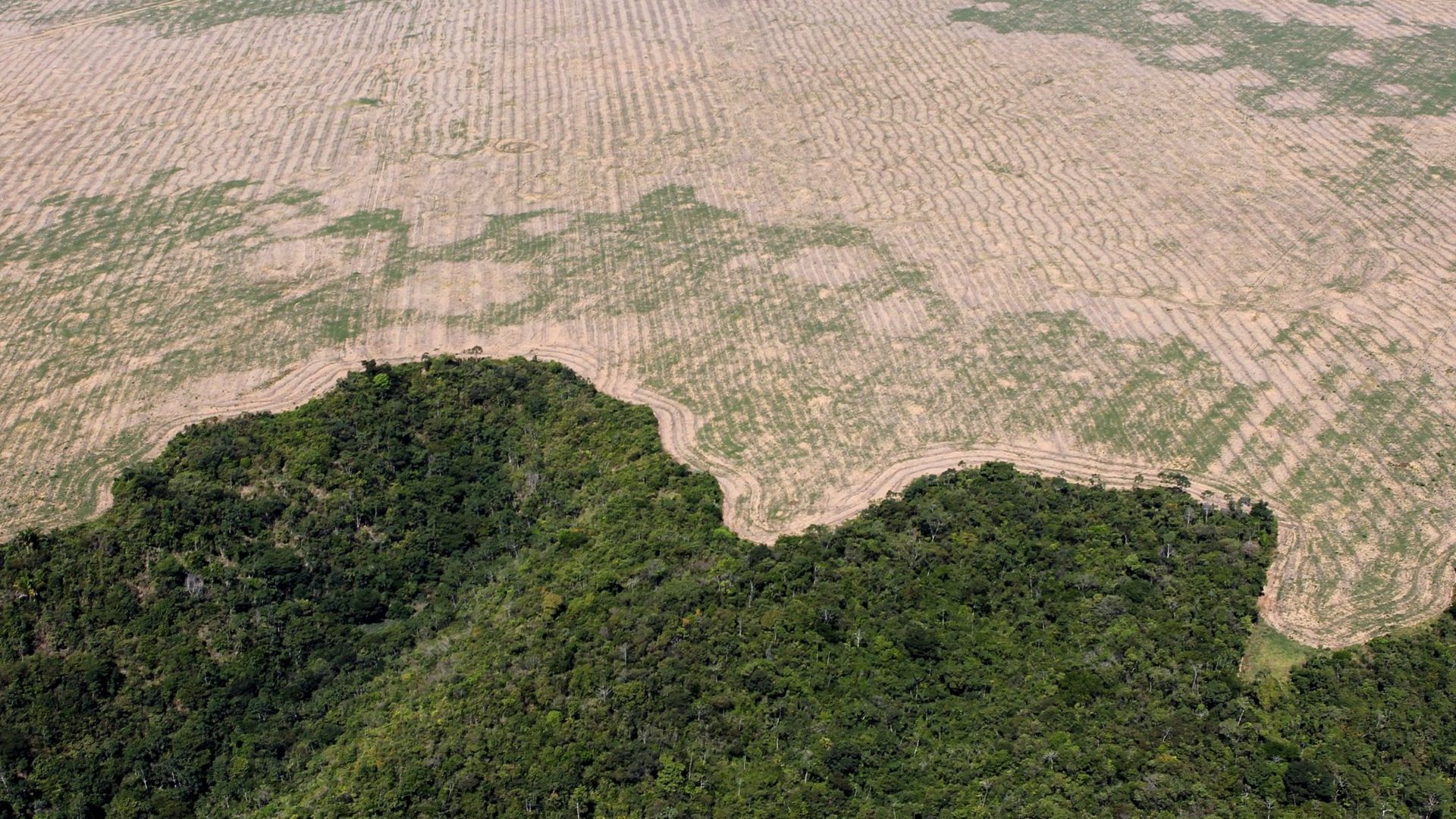 Ibama from Brasil, Wikimedia Commons
Ibama from Brasil, Wikimedia Commons
Can Earth Adapt Faster Than We Can Predict? (Cont.)
Post-glacial rebound studies show that it took Earth thousands of years to recover from ancient mass loss. Today, these shifts are happening in just decades. Earth's systems can't keep up. Crustal movements lag, and scientists worry this delay could weaken the planet's long-term stability.


